The number one question I receive is: “What is the best ghost town in Nevada?” I can’t pick only one; each ghost town is unique in ruins, history, and visitor experience. Nevada is a vast state, larger than many countries. Over 600 ghost towns cover the state, not including smaller mining camps or other historical sites.
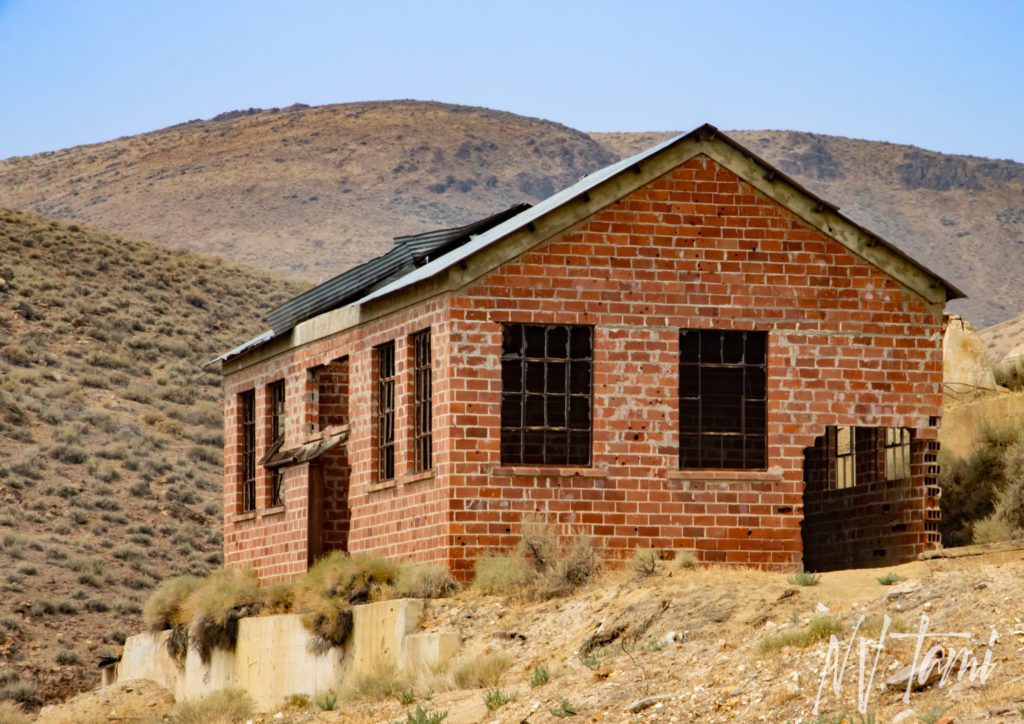
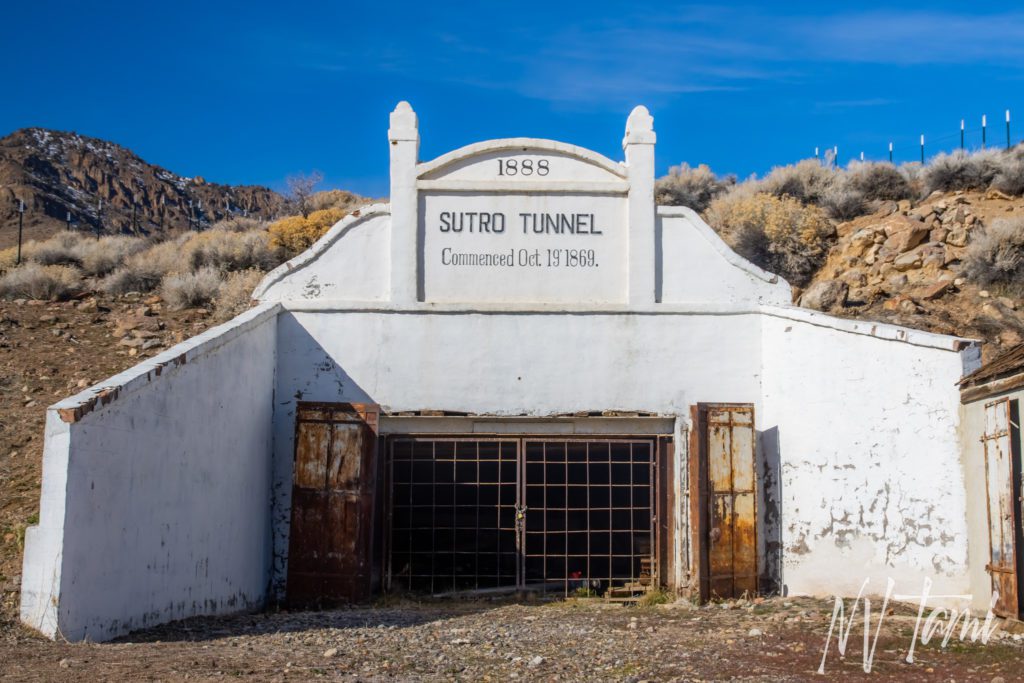
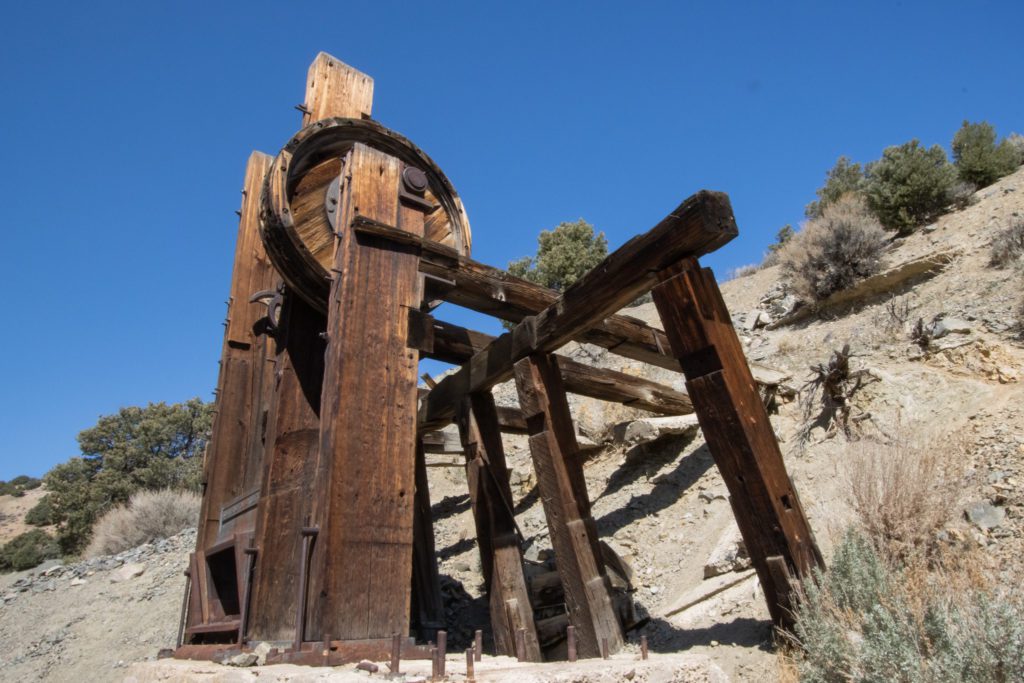
Below are my favorite ghost towns in northwest Nevada. These are what I suggest when friends ask me which ghost towns are best. I choose ghost towns with a lot to explore and photograph, and have other fun activities in the area. In addition, they are within a day trip from Carson City, Carson Valley, Reno, or Lake Tahoe.
Learn about how to visit ghost towns safely.
Pine Grove
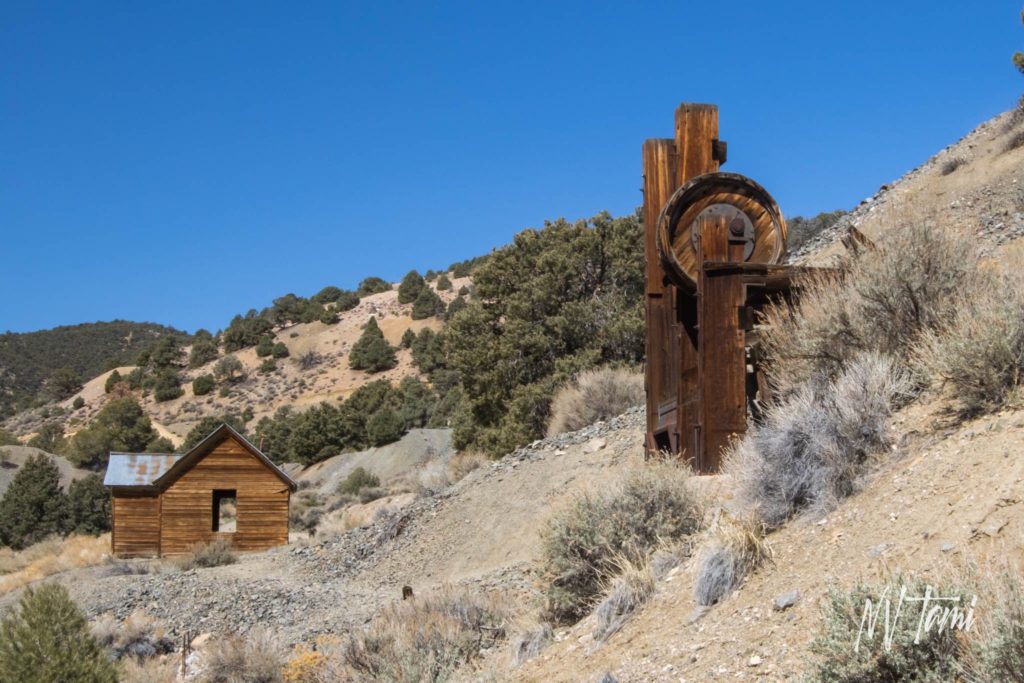
Pine Grove has been my favorite ghost town in Northern Nevada for many years. The ghost town has multiple remaining structures and something for everyone.
Discovered in 1866, Pine Grove is one of the first settlements in the area. The town grew to 600 residents and was a regional supply center. A decrease in mining and demonetization of silver resulted in the decline of the once-thriving town. Sadly, Pine Grove became a ghost town in the 1930s.
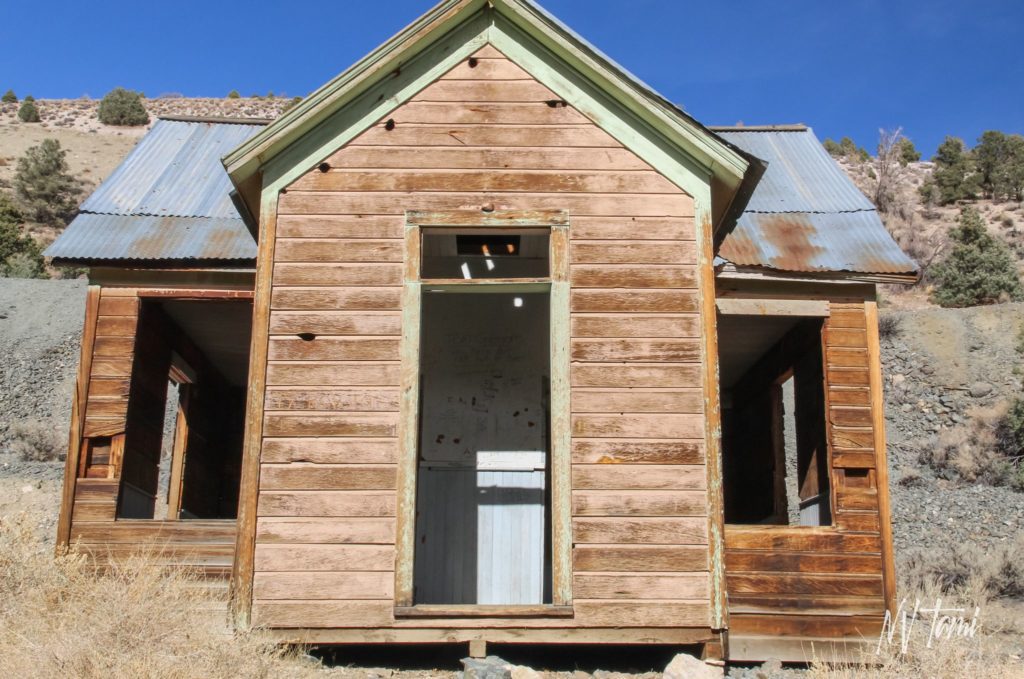
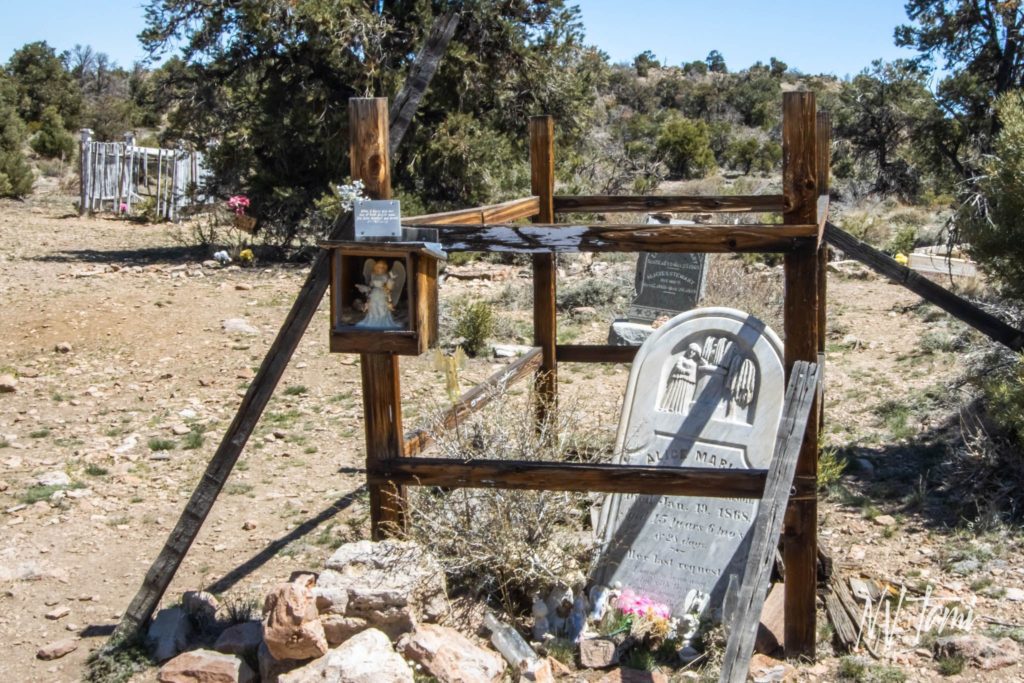
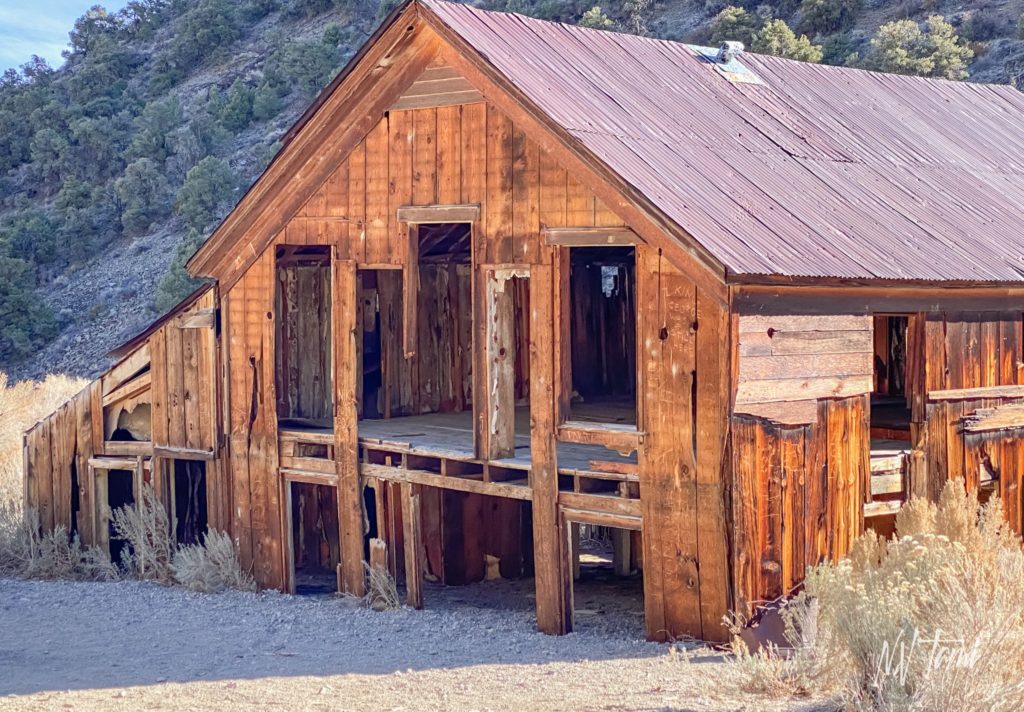
Pine Grove has three sections. The lower town has rock walls from a store, the middle town has a stamp mill and schoolhouse, the upper town has a boarding house and livery.
A large cemetery on the hill overlooks Mason Valley. The most famous grave is that of Alice Maria Robinson whose headstone reads…”I want to be an angel, and with angels stand, a crown upon my forehead, a harp within my hand.”
Bonus Stop: Wellington Grammar School
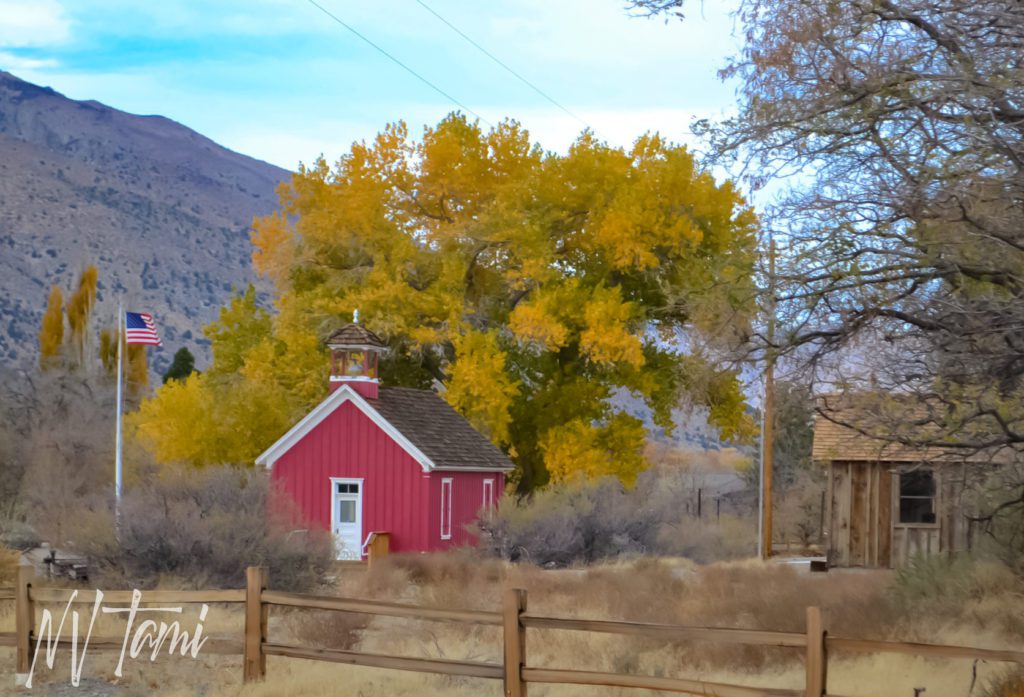
Drive through Wellington and visit the Smith Valley Historical Society which includes the 1898 Wellington Grammar School and the 1871 Wells Fargo Ticket Office. Don’t forget to stop at the Heydey Inn for a traditional Basque Picon and dinner.
Rockland
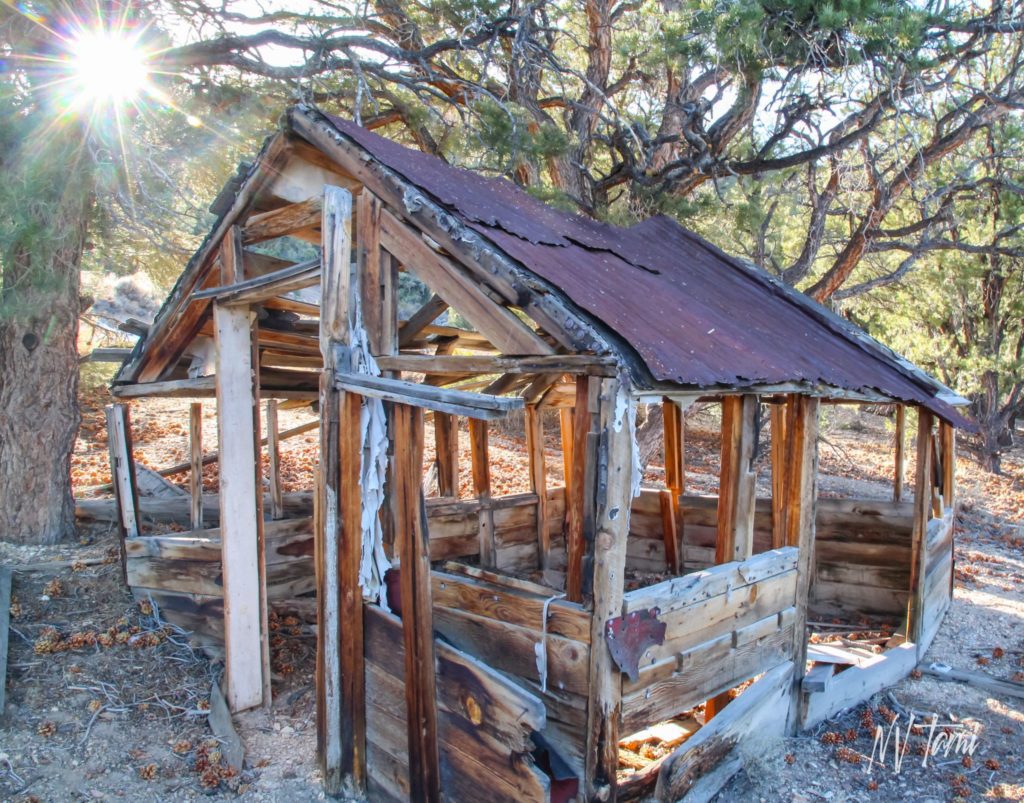
Miners from nearby Pine grove discovered Rockland in 1869. A “malicious and villainous incendiary” resulted in the destruction of the mill in 1871. Rockland was smaller than Pine Grove but contained stores, a hotel, a post office, and of course saloons. Mining declined in the 1930s resulting in the town being ghosted.
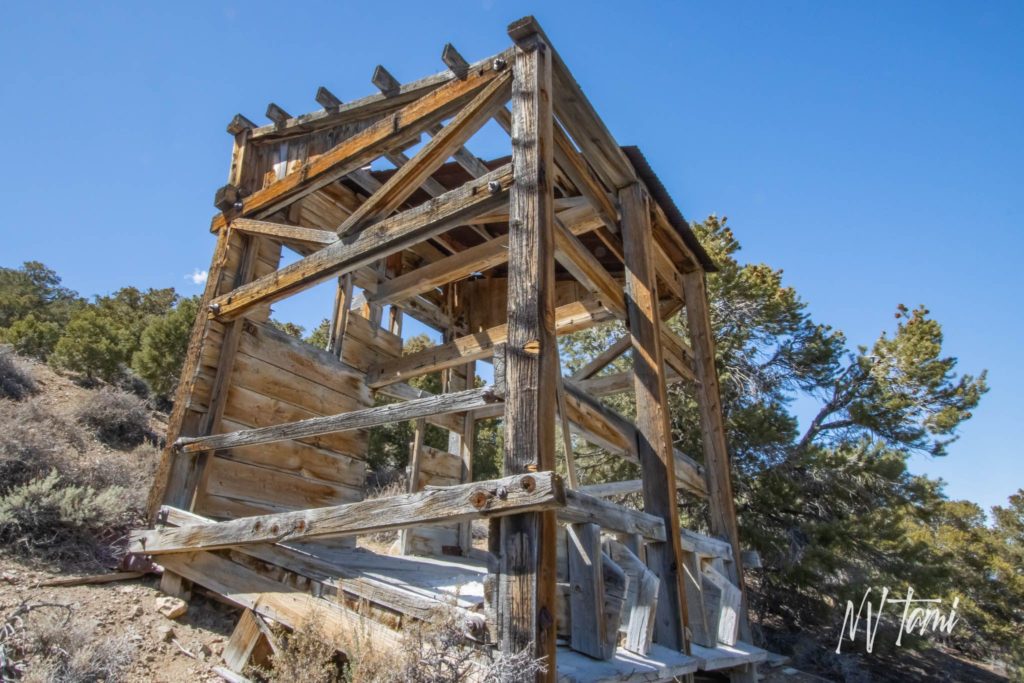
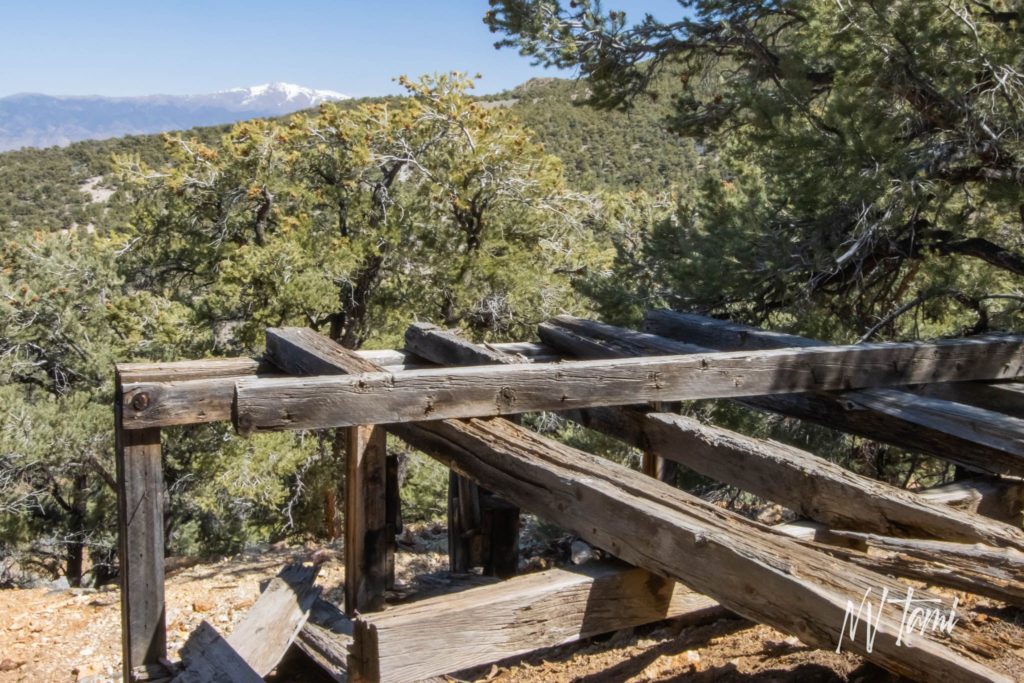
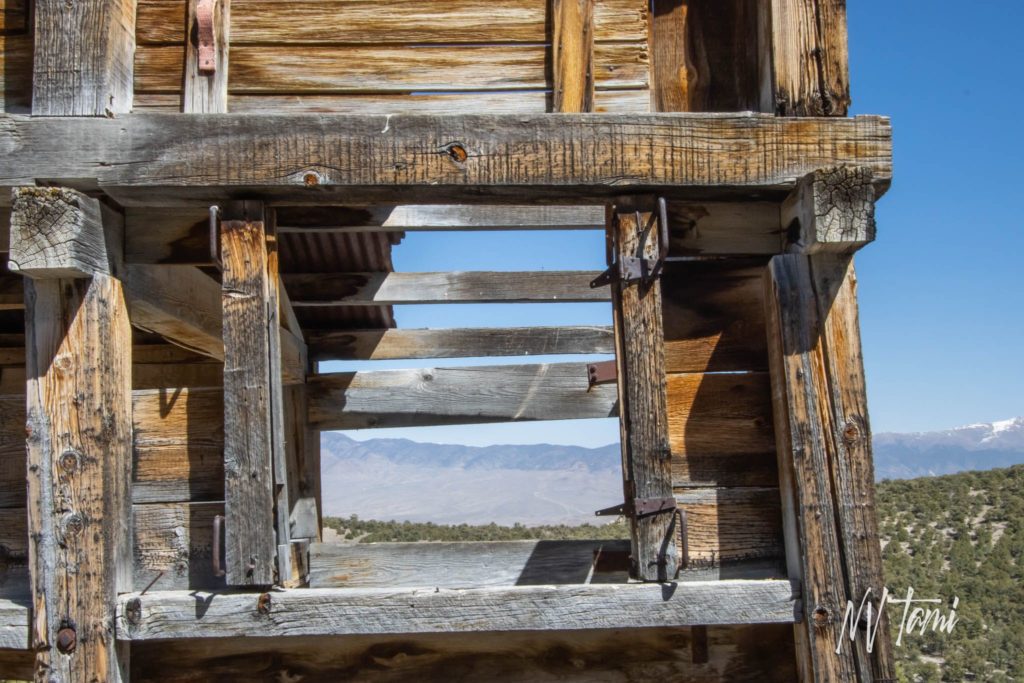
Rockland has one cabin which has stood the test of time. A large mill spreads down the hillside, and one wood mine structure survives. Beware, Rockland is aptly named, it is one of the rockier roads in Nevada.
Bonus Stop: Cambridge
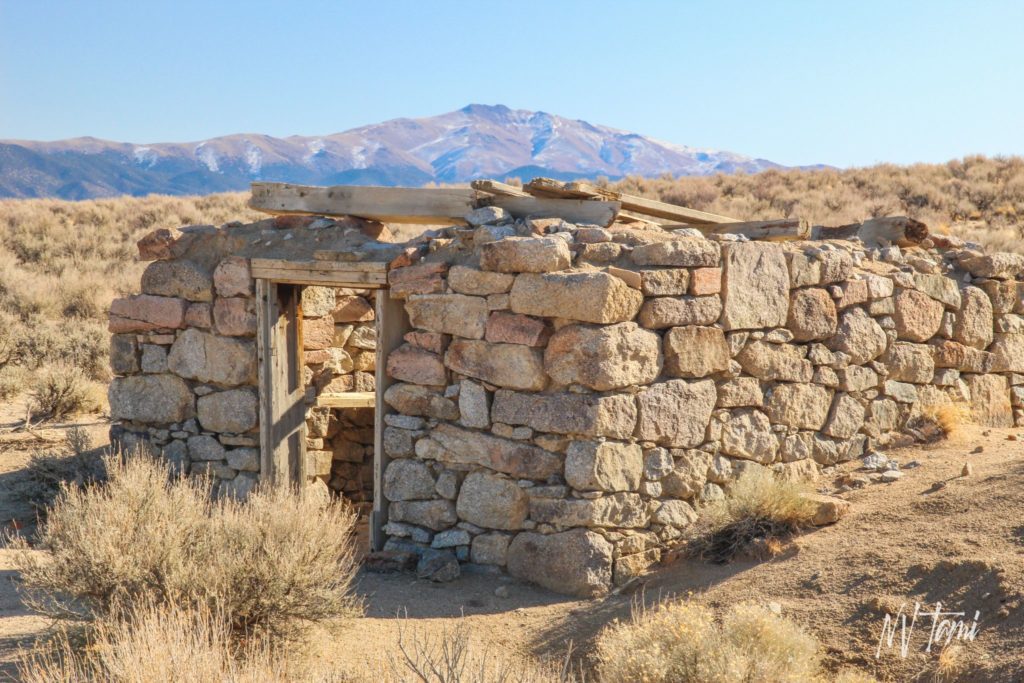
Continue south on Pine Grove Road; you can visit the short-lived ghost town of Cambridge. Cambridge had a stamp mill that processed ore from local mines. Explore the stone cabin, dug-out foundations, and mining camp debris around the site. Nearby is Wheeler Flat Dam.
Humboldt City
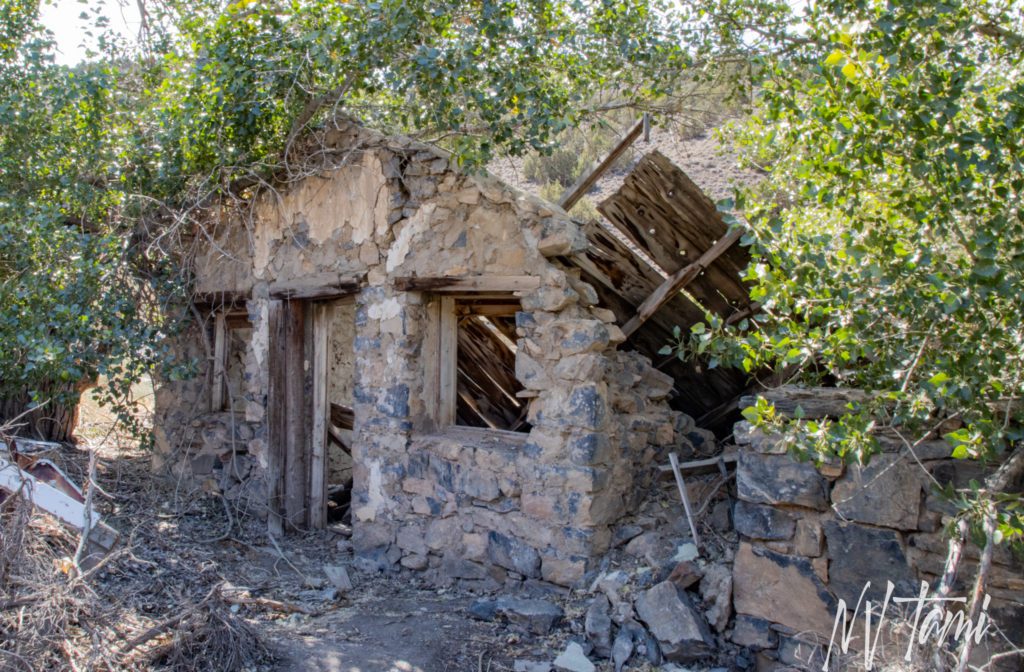
Humboldt City is farther out but worth the trip. Prospectors settled the town in 1861, which included five hundred souls and two hundred buildings. Visitors said the town was a “picturesque and beautiful village”. Well-stocked stores and farmers provided local mining towns with fresh produce. However, mining declined in the late 1860s and the town was ghosted by 1870.
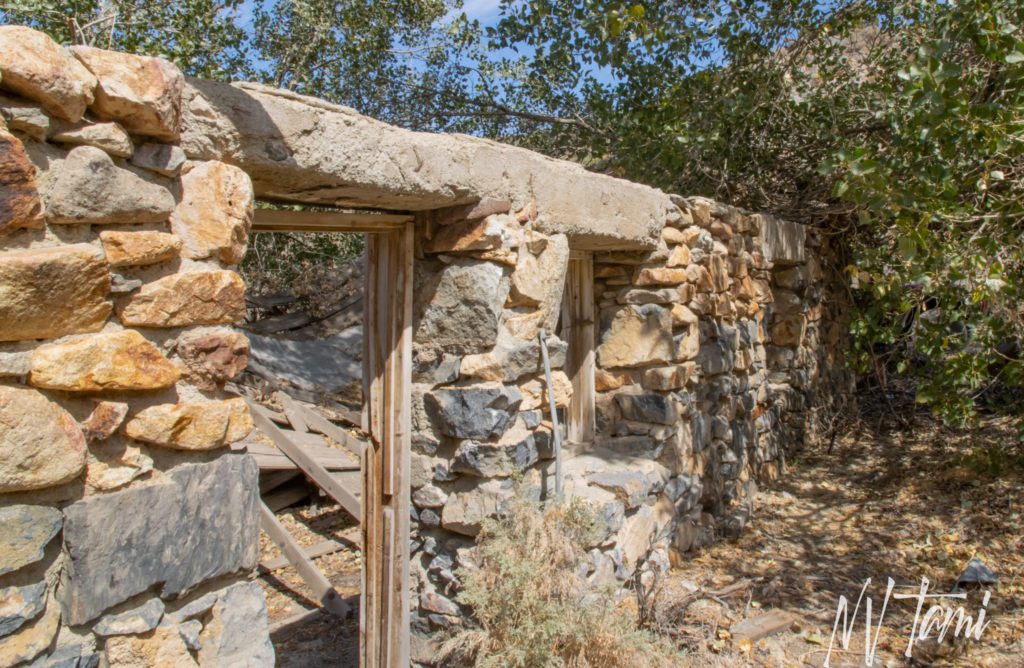

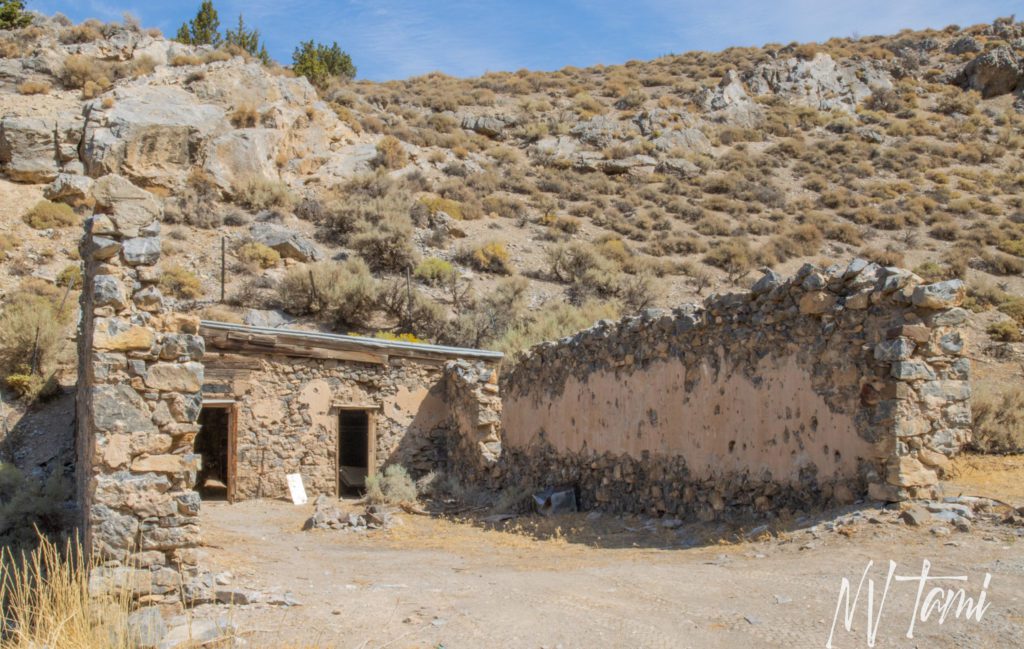
Humboldt City has extensive ruins, including several stone houses and a rock store.
Bonus Stop: Oreana Airmail Arrow
Another piece of history, the Oreana U.S. Airmail Arrow is not far from Humboldt City. Before the invention of radio navigation, pilots flew their course across the United States using visual landmarks. The US Congress approved funding and installed arrows and lighted beacons in the 1920s to improve navigation and safety.
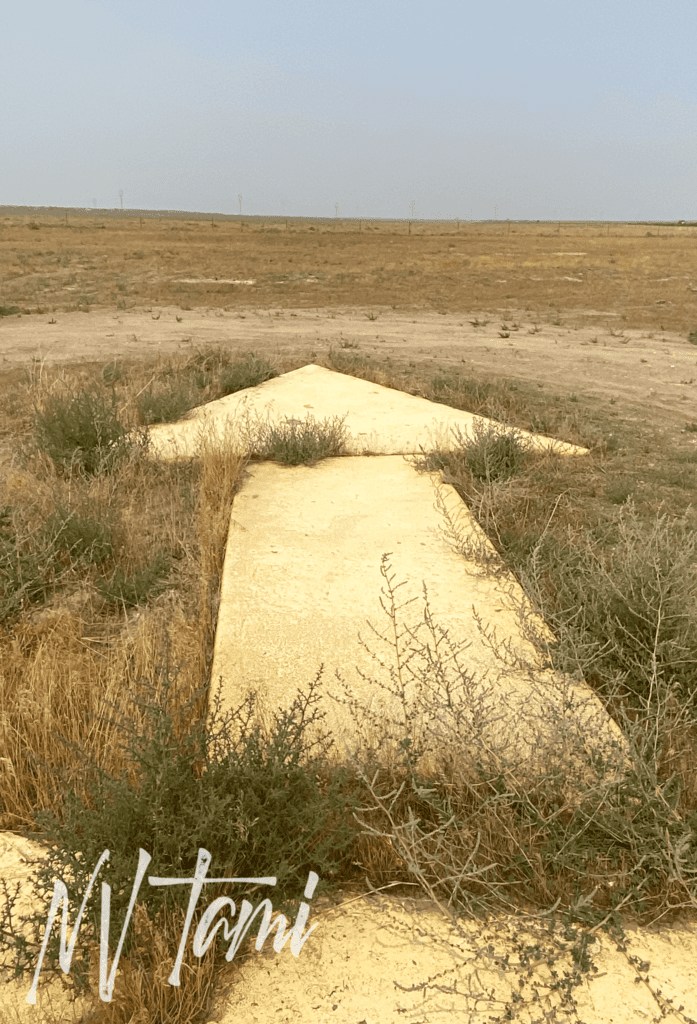
Fort Churchill

The US government established Fort Churchill following the Pyramid Lake War in 1860 to protect settlers and Pony Express routes. The army decommissioned the fort in 1869 following the Civil War. The Civilian Conservation Corps built a visitor center and partially restored buildings falling into disrepair.
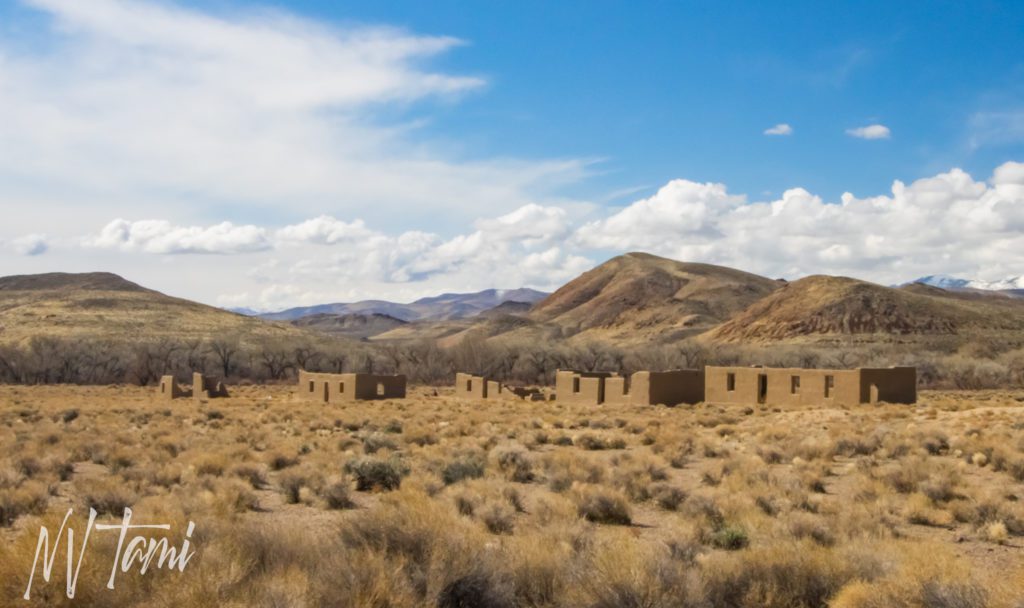

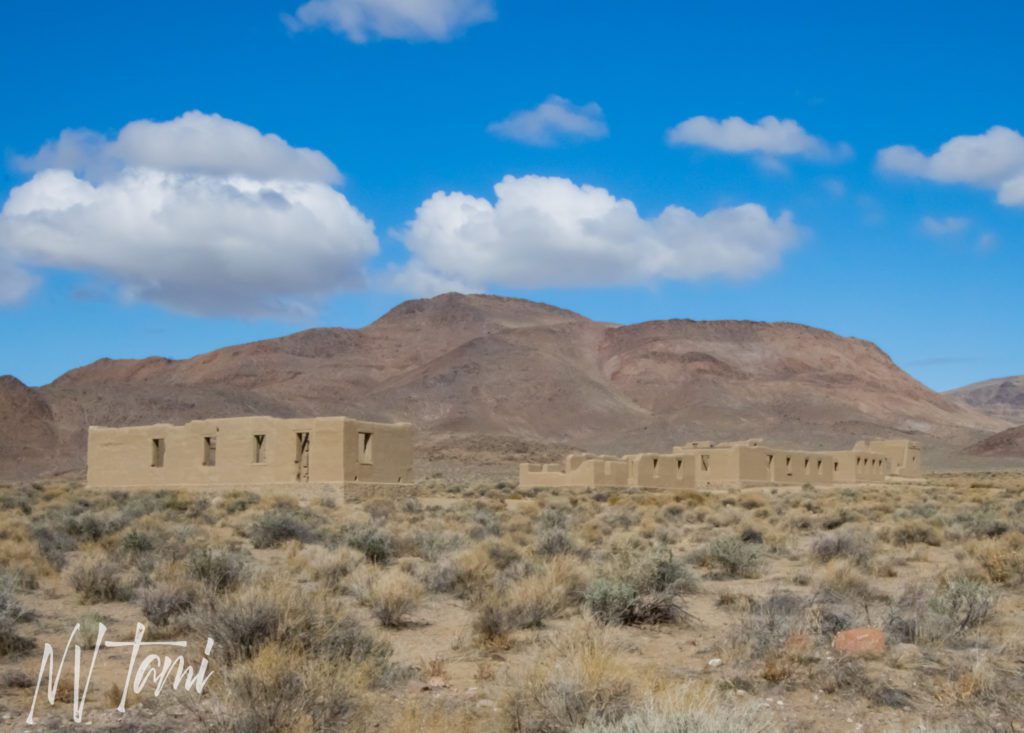
Fort Churchill is now a Nevada State Park. It has extensive grounds to explore, along with a visitor center and picnic area.
Bonus Stop
Samuel Buckland established Buckland’s Station in 1859 as a stage station and briefly used as a stop for the Pony Express. It was a rallying point for volunteers in the Pyramid Lake Indian War. Buckland served as the first county seat of Churchill County, even though it is in Lyon County. In the 1870s, Buckland built the white house using materials from nearby Fort Churchill.
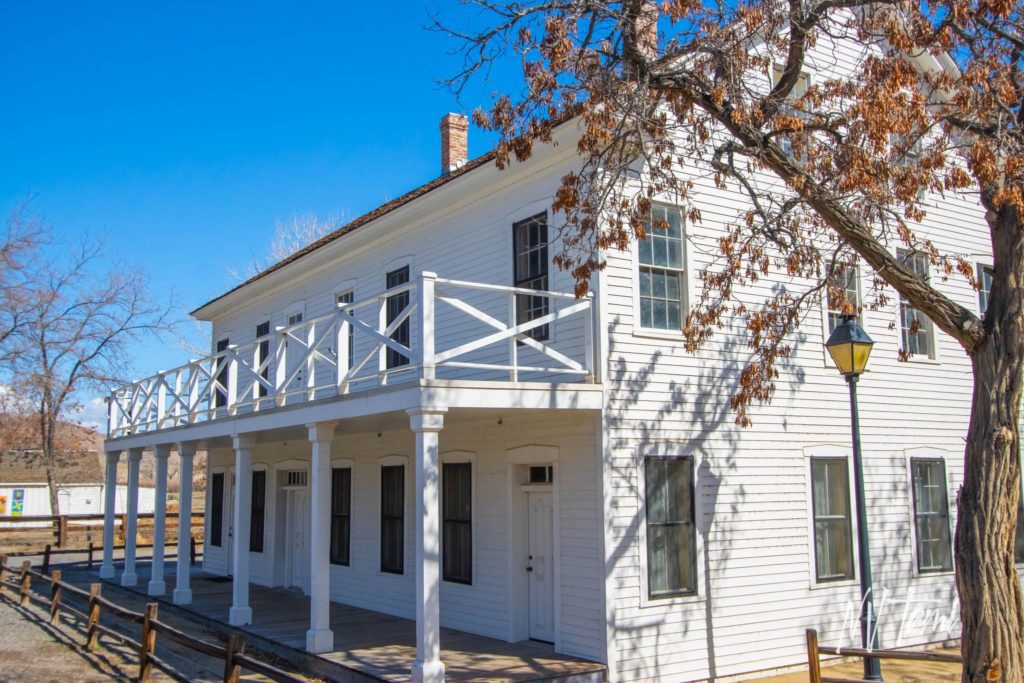
Buckland’s Station is now part of Fort Churchill State Park. The house and grounds are open for tours on weekends.
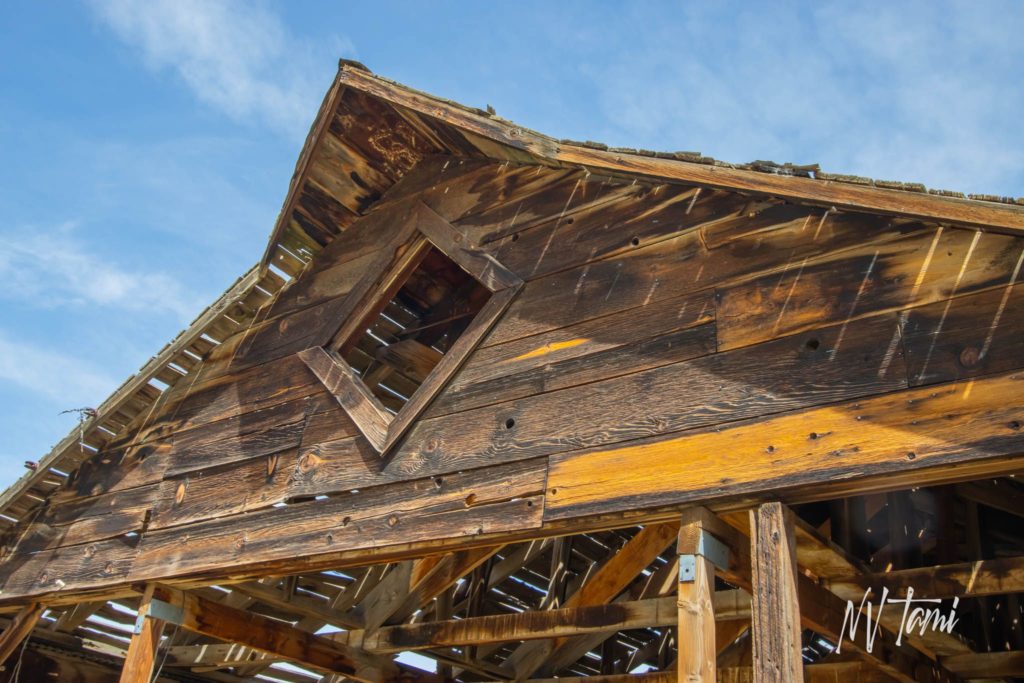
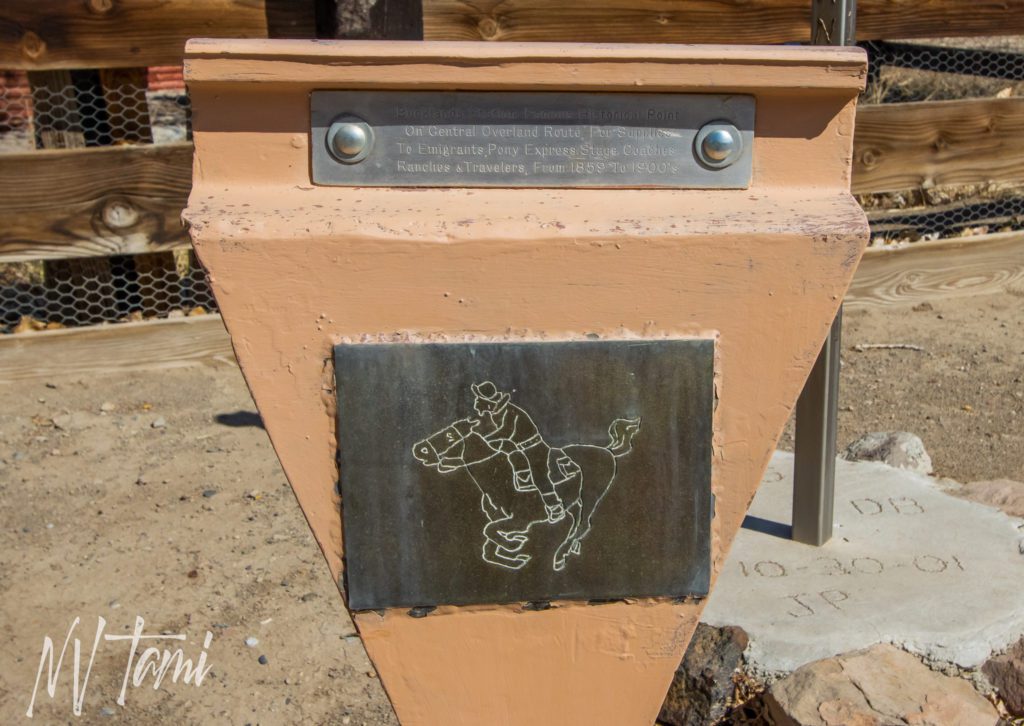
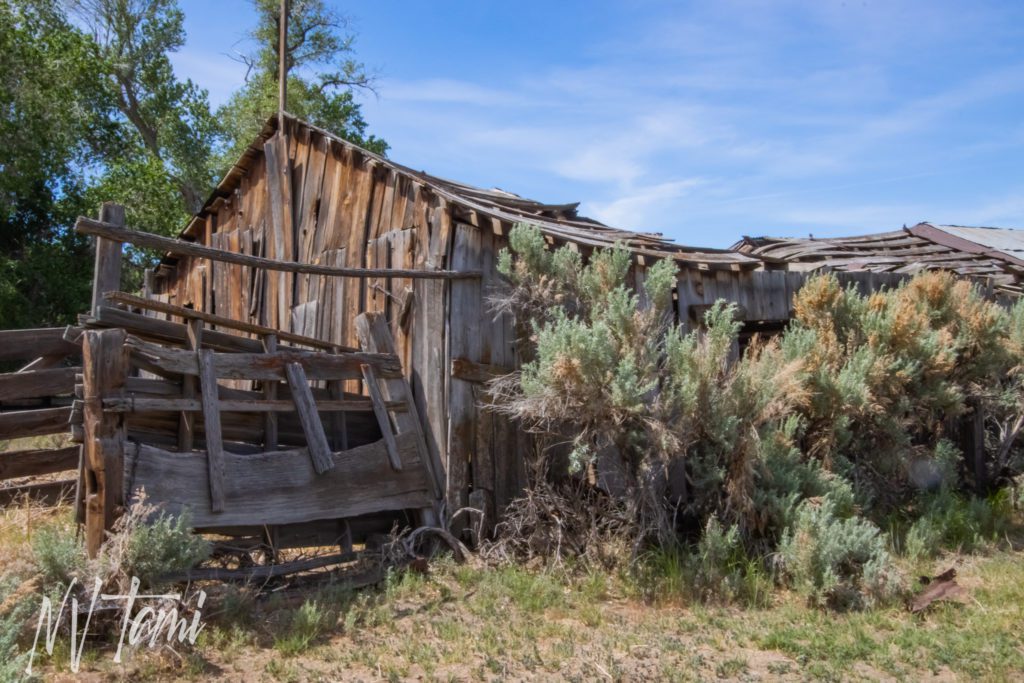
Tunnel Camp

Tunnel Camp is one of the best ghost towns in Northern Nevada. While the mining camp was short-lived, it has endured and is a favorite trip for ghost towners.
Nevada State Mining Company built Tunnel Camp in 1927 to house workers at a cyanide mill. Multiple structures remain, including a brick office, a five-stamp mill, and houses.
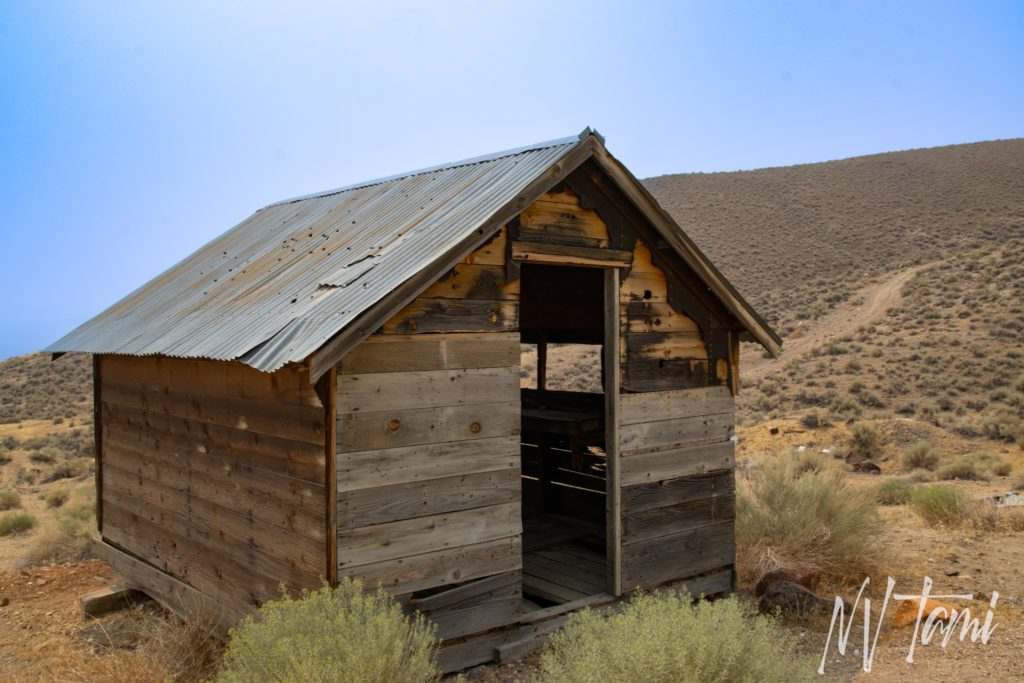
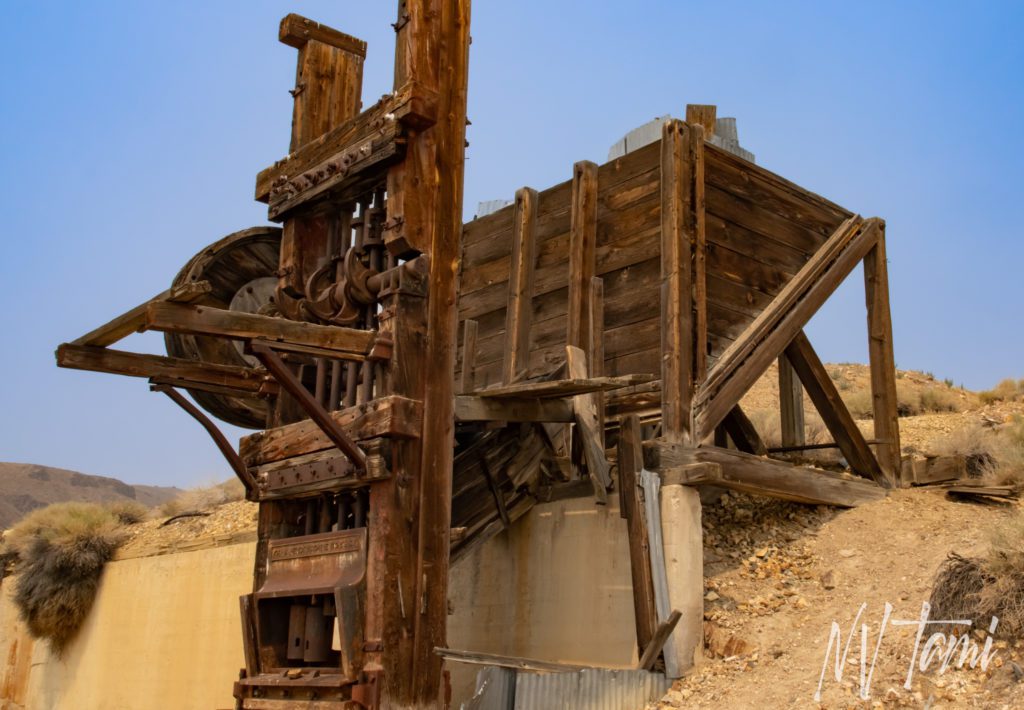
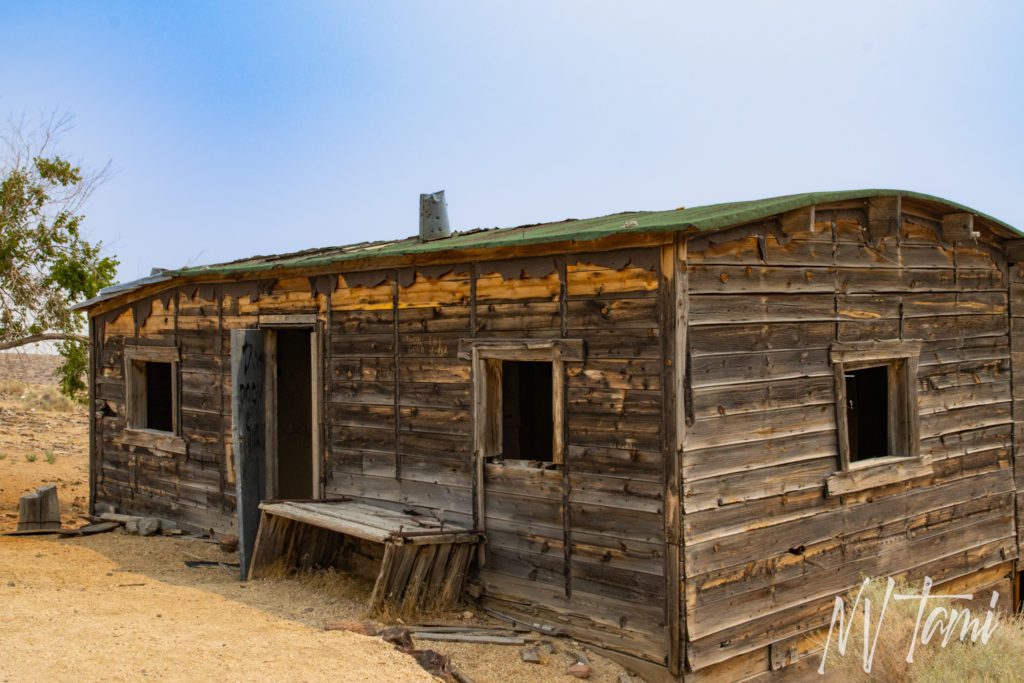
Bonus Stop
Look for the Mazuma safe, which washed down the canyon in a flash flood. The cemetery by Tunnel Camp holds the remains of those who died in the disaster.
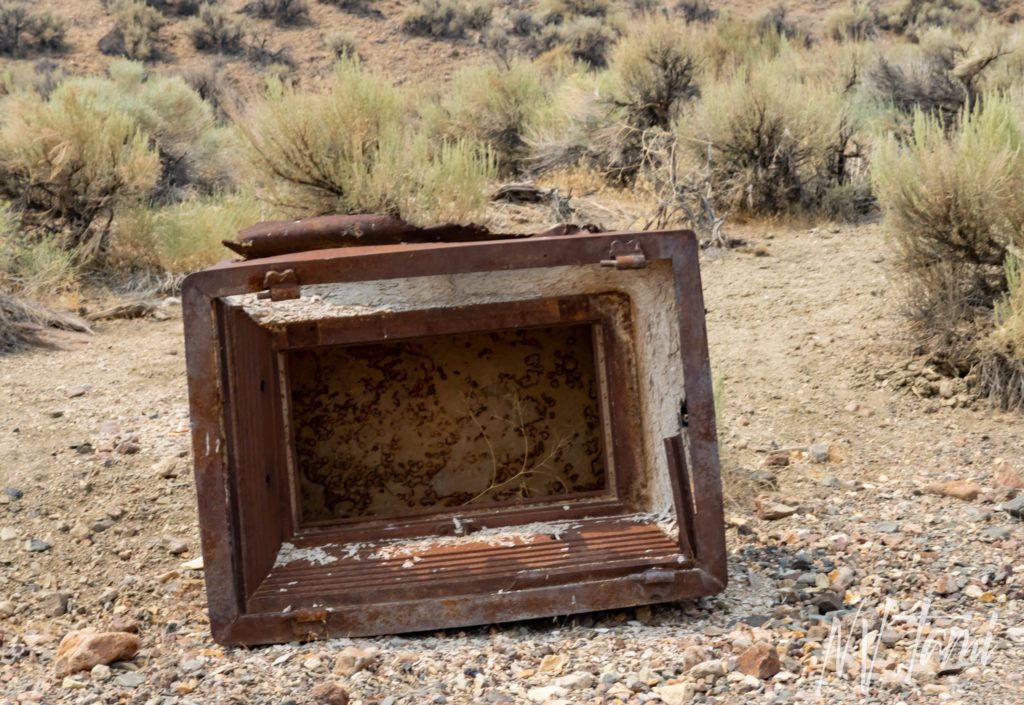
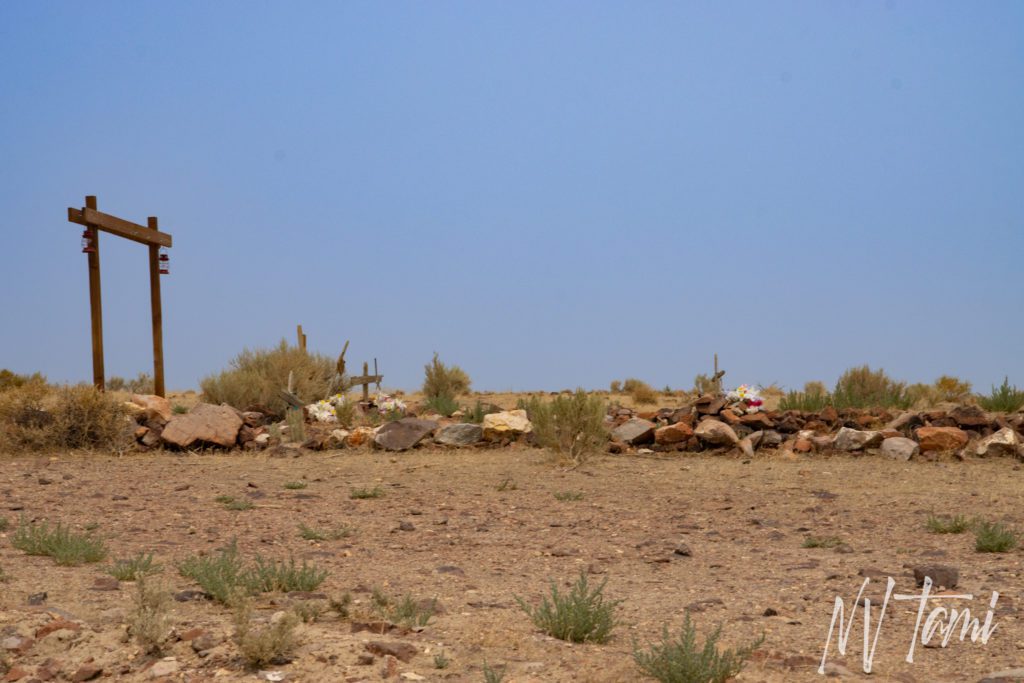
Thompson
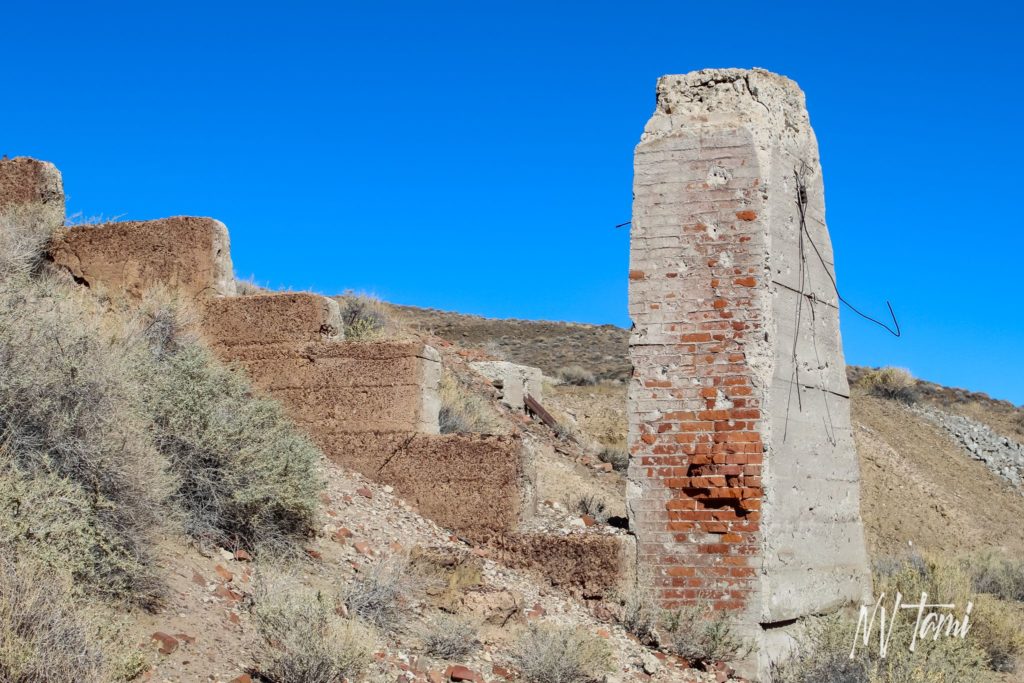
Mason Valley Mines Company (MVMC) constructed Thompson Smelter in 1910 to process copper from Ludwig and created a company town for workers. The Nevada Copper Belt Railroad delivered ore to the smelter. MVMC closed the smelter closed in 1929, and abandoned the town.
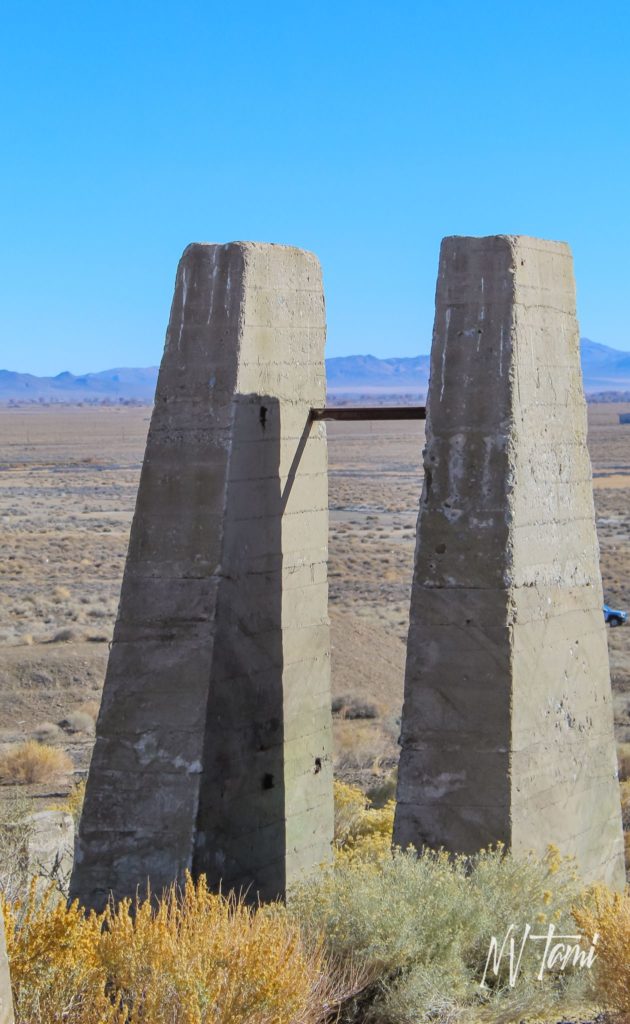
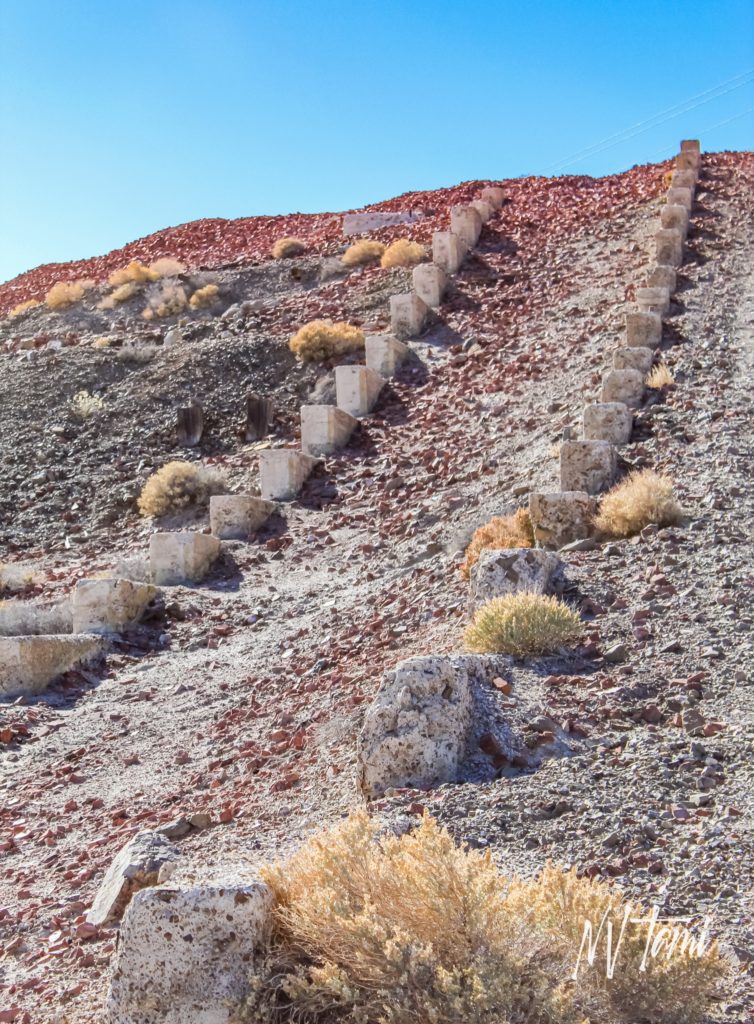
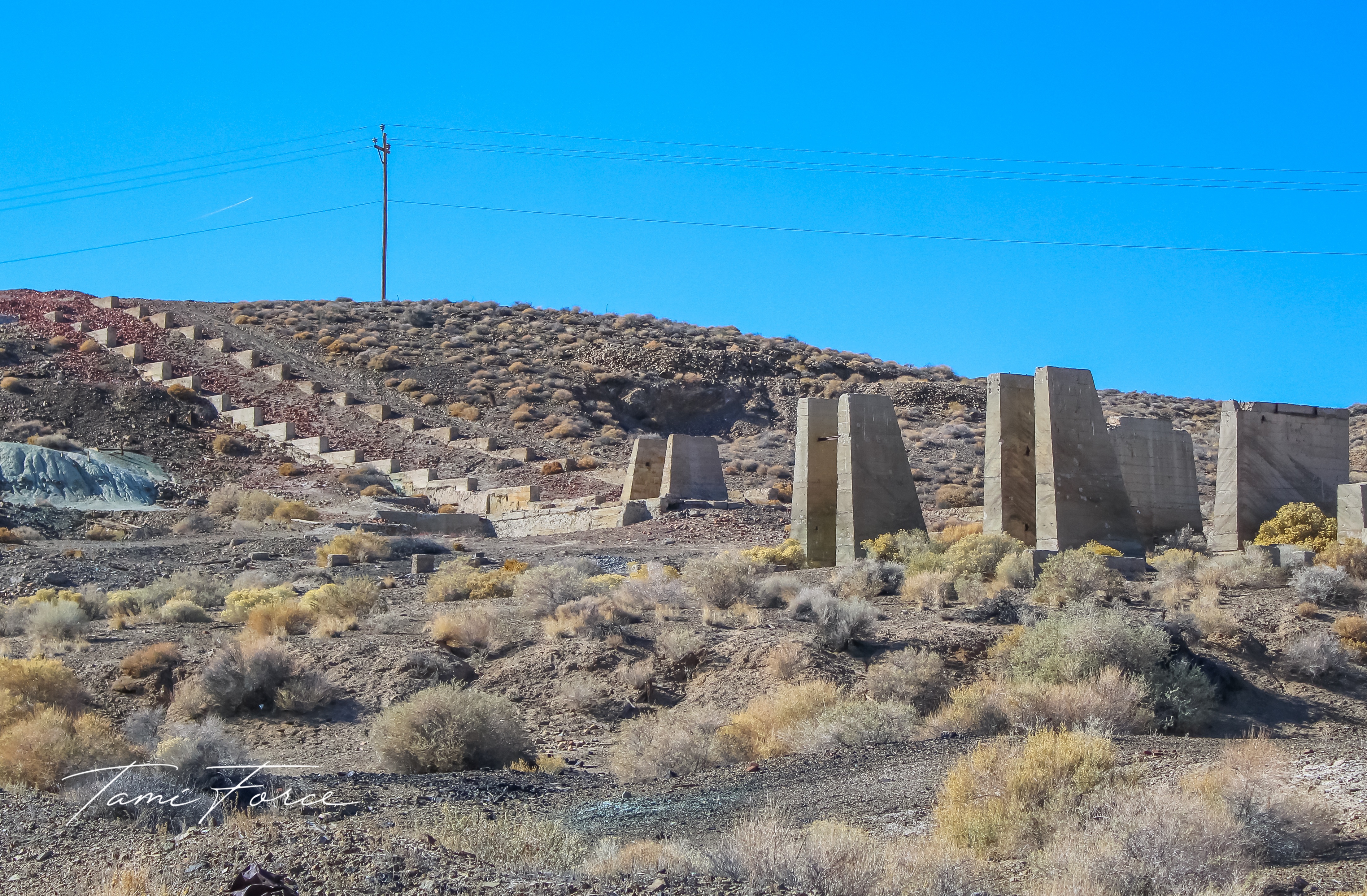
Thompson smelter has extensive ruins to explore. Climb the “staircase” for a beautiful view of Mason Valley. Thompson townsite is fenced but can be viewed from the road or smelter.
Bonus Stop
Wabuska was a station stop on the Carson and Colorado Railroad beginning in 1881. You can learn the tale of The Wabuska Mangler: “THE ONION” of its day.
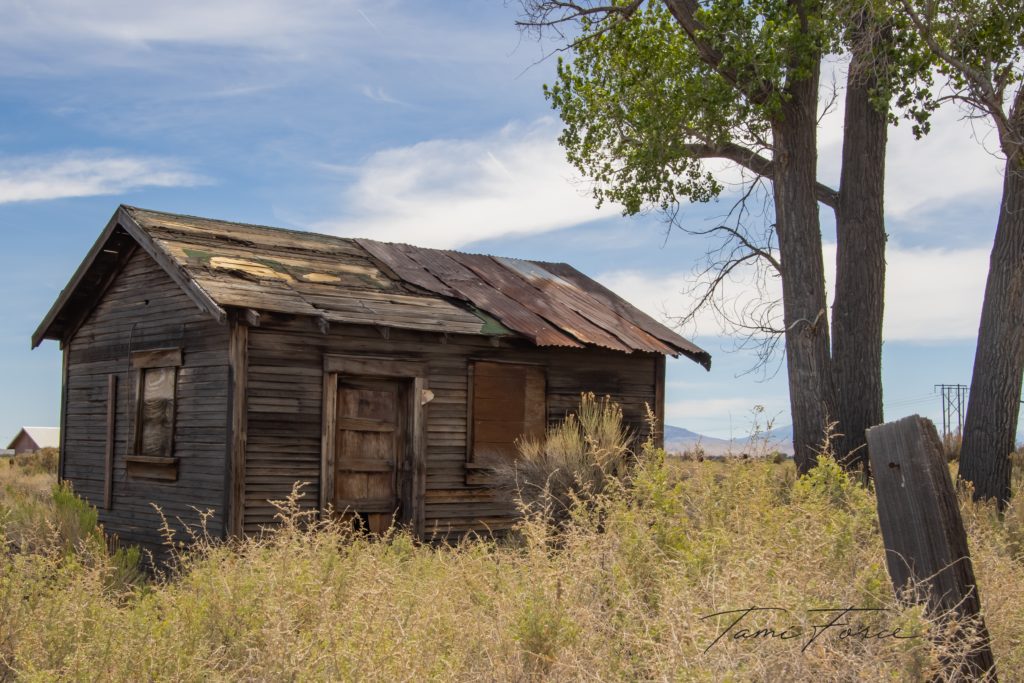
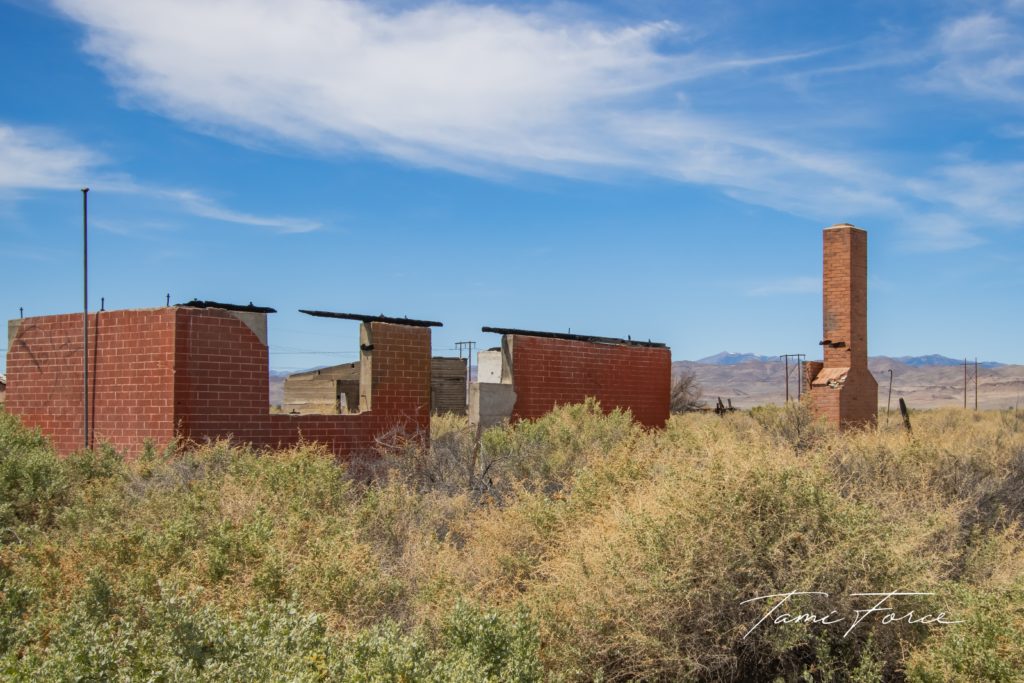
Sand Springs
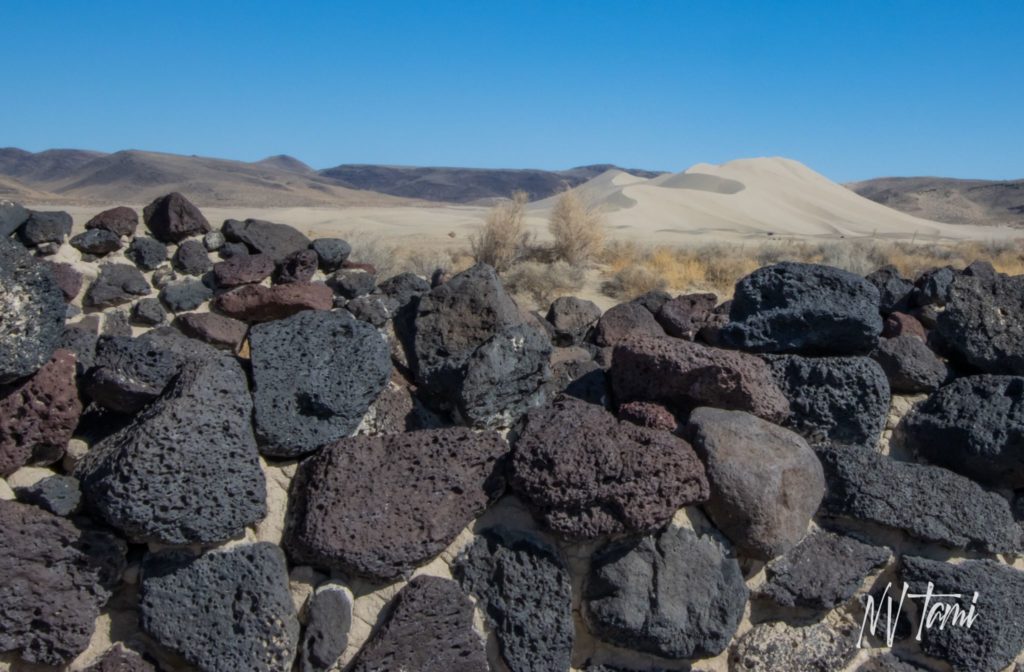
The Pony Express developed Sand Springs in 1860 as a stop for riders. Later, it was a station stop on the Fort Churchill and Sand Springs Toll Road. However, shifting sands buried the structure for over 100 years until archeologists from the University of Nevada rediscovered it.
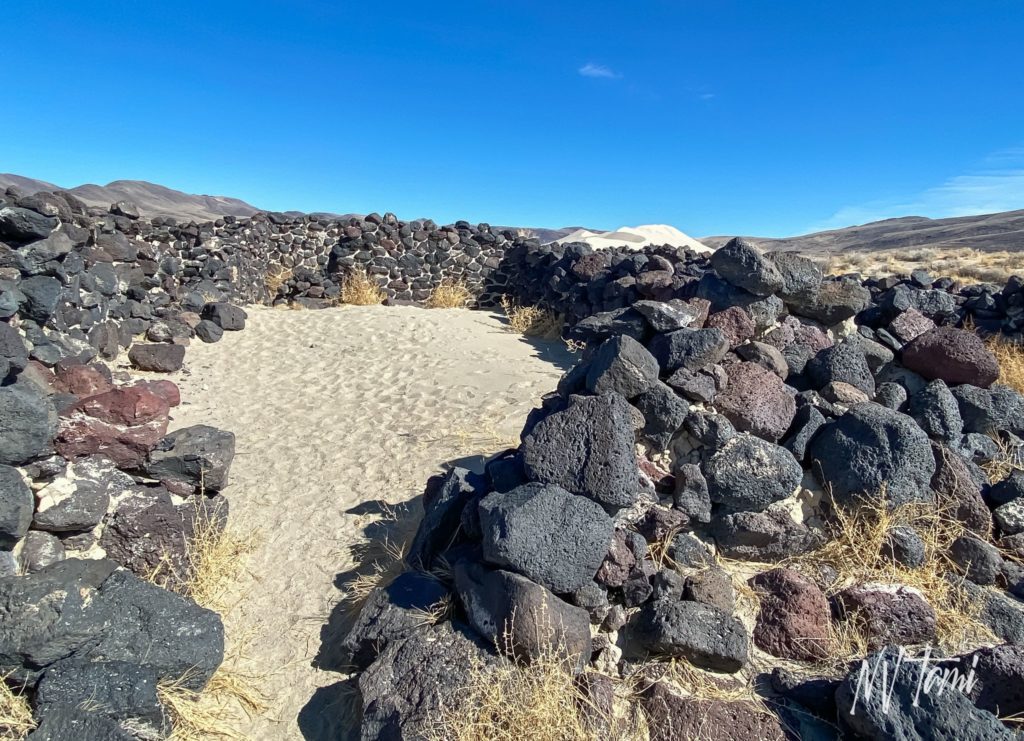
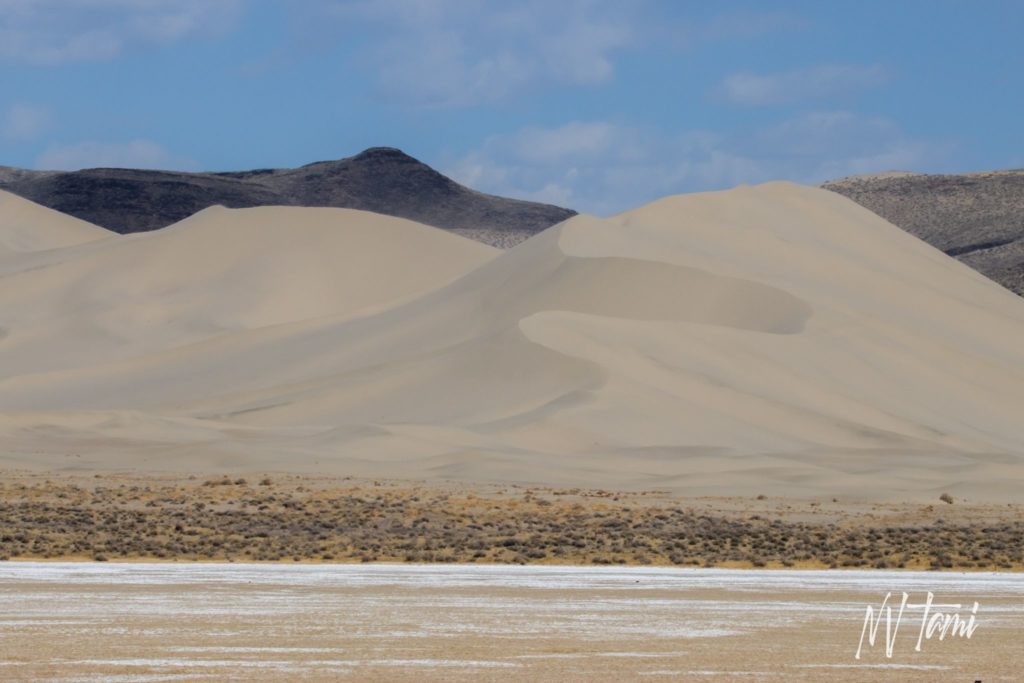
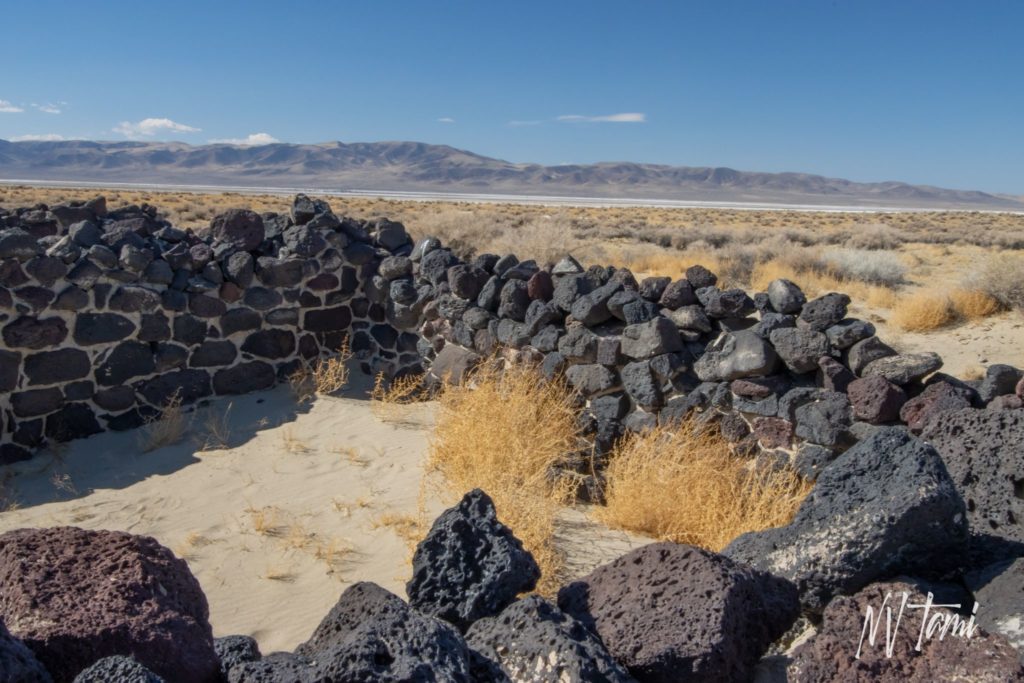
Lava rock foundations of the station and corrals remain. Sand Mountain in the background is a popular recreation for OHV’s.
Bonus Stop: Grimes Point Petroglyphs
Grimes Point Petroglyphs The Petroglyphs are one of Nevada’s oldest known Petroglyph sites and are estimated to be 8000 years old!
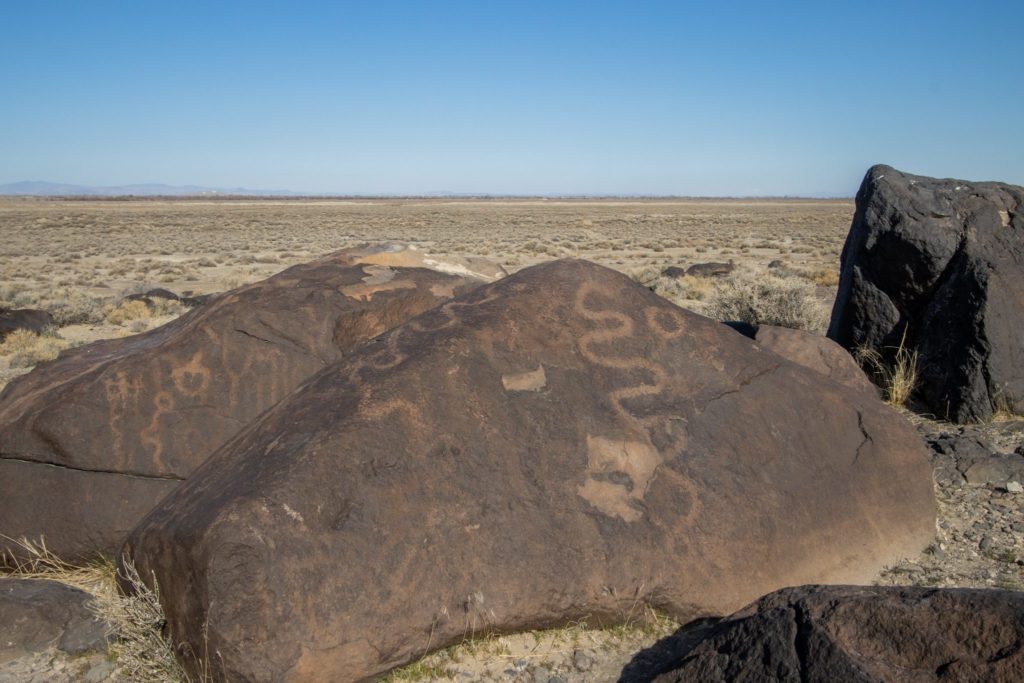
Butters Mill: Six Mile Canyon
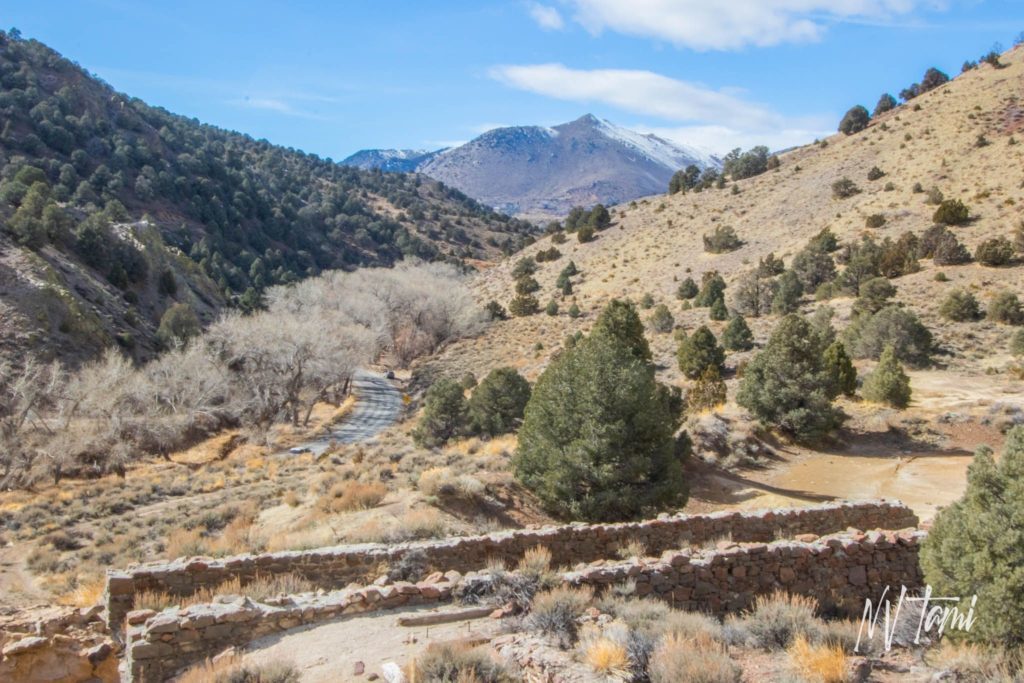
Miners began working at Six Mile Canyon in 1859 but abandoned the canyon ten years later. Butters Mill was built in 1902 to reprocess tailings left from earlier mining operations. Butters mill closed in the 1930s and is returning to a natural state.
Hike the mill foundations which cover the hill below Sugarloaf. View Virginia City from a different perspective, west of the mill.
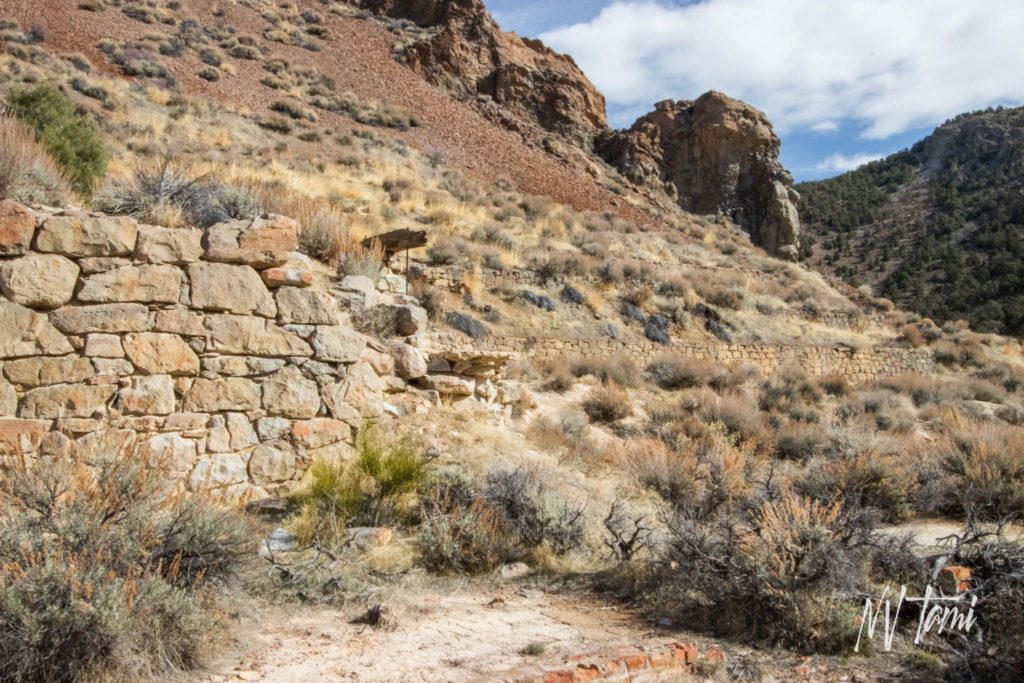
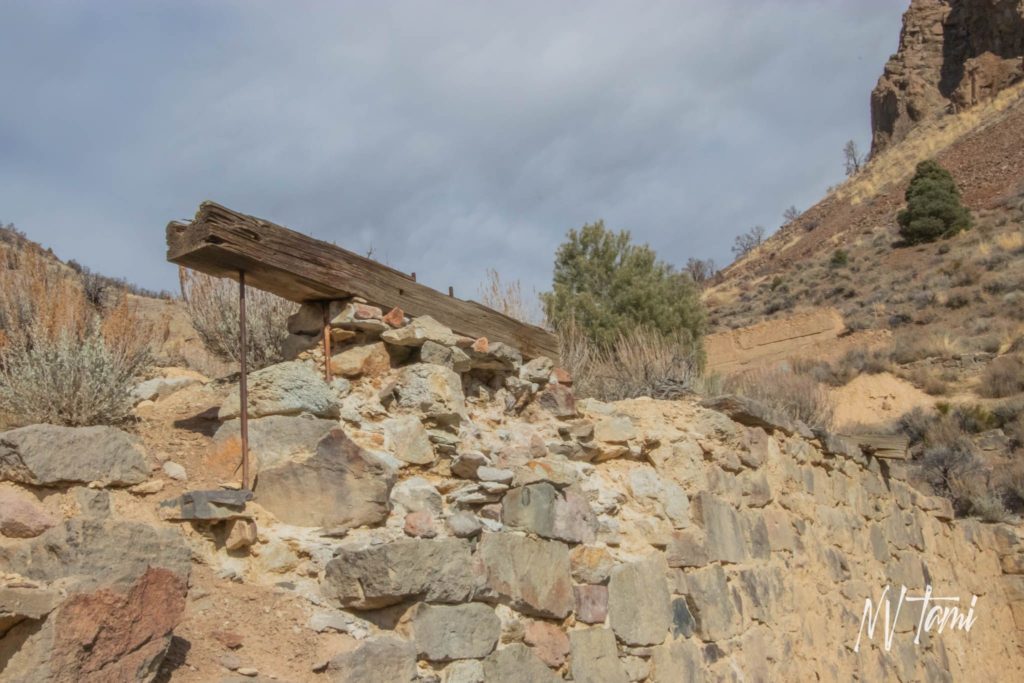

Bonus Stop

Who can come to the Comstock Lode and not stop in Virginia City? Of course, people love shopping on historic C Street, but the famous town has so much more to offer. Museums, mansion tours, cemeteries, and mine tours.
Genoa
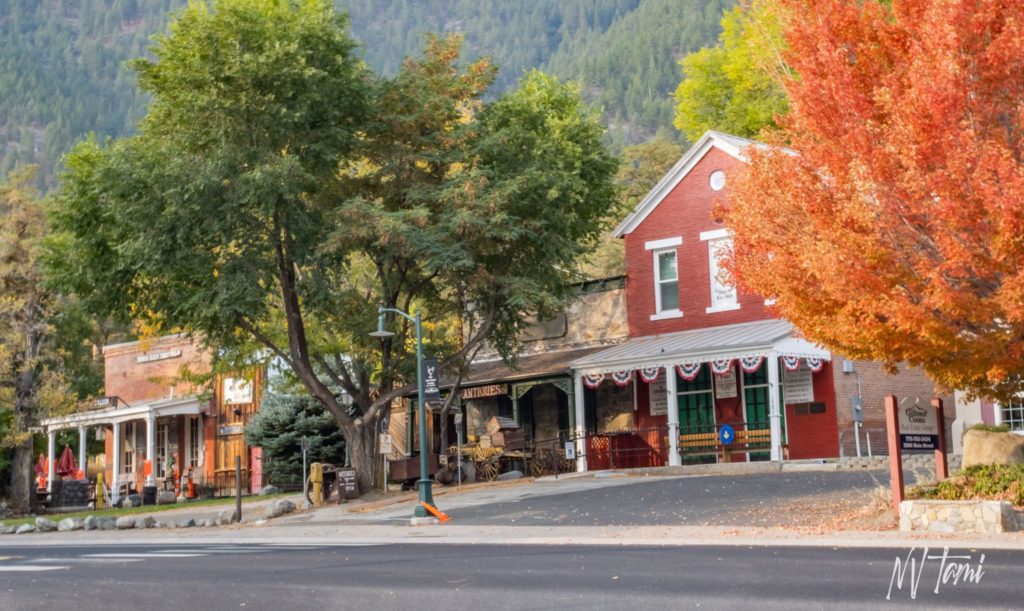
Genoa is not truly a ghost town. But, as Nevada’s oldest settlement, I had to include it in my list.
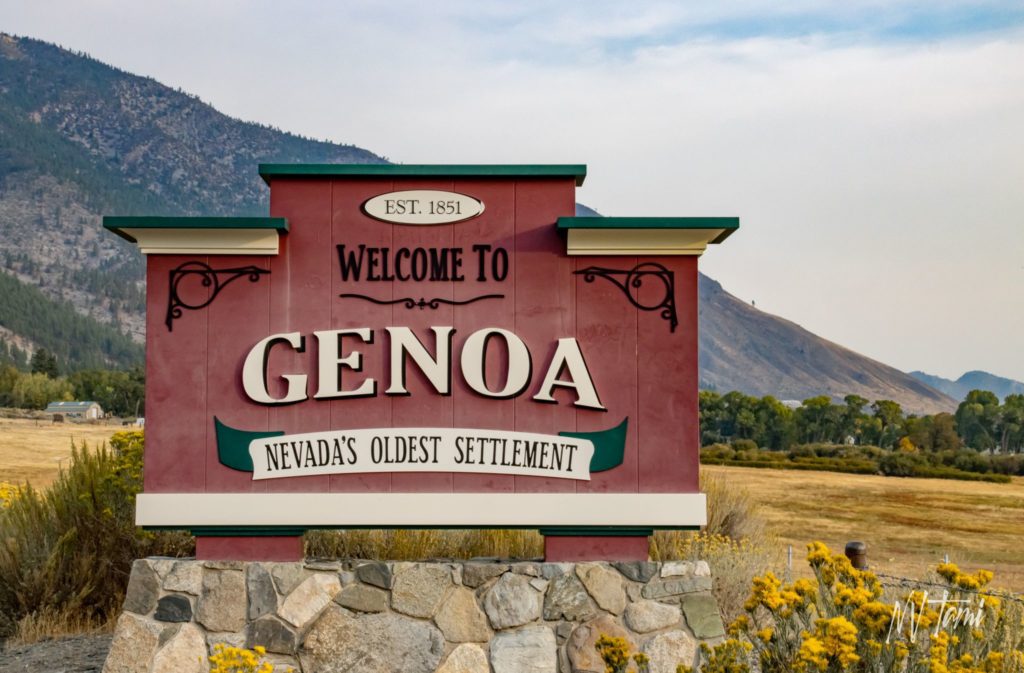
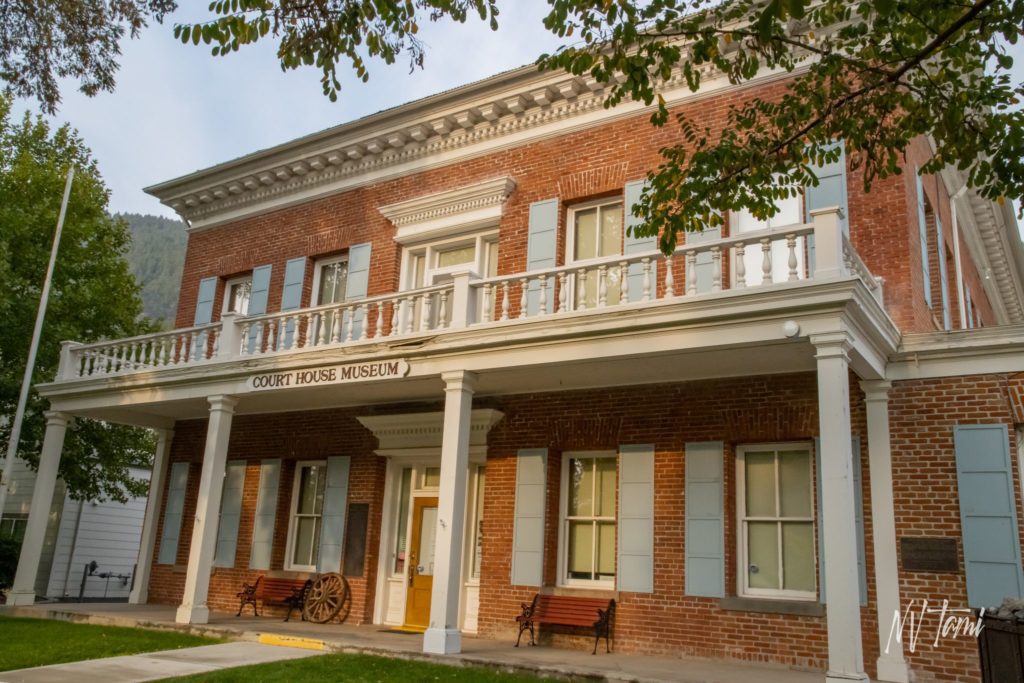
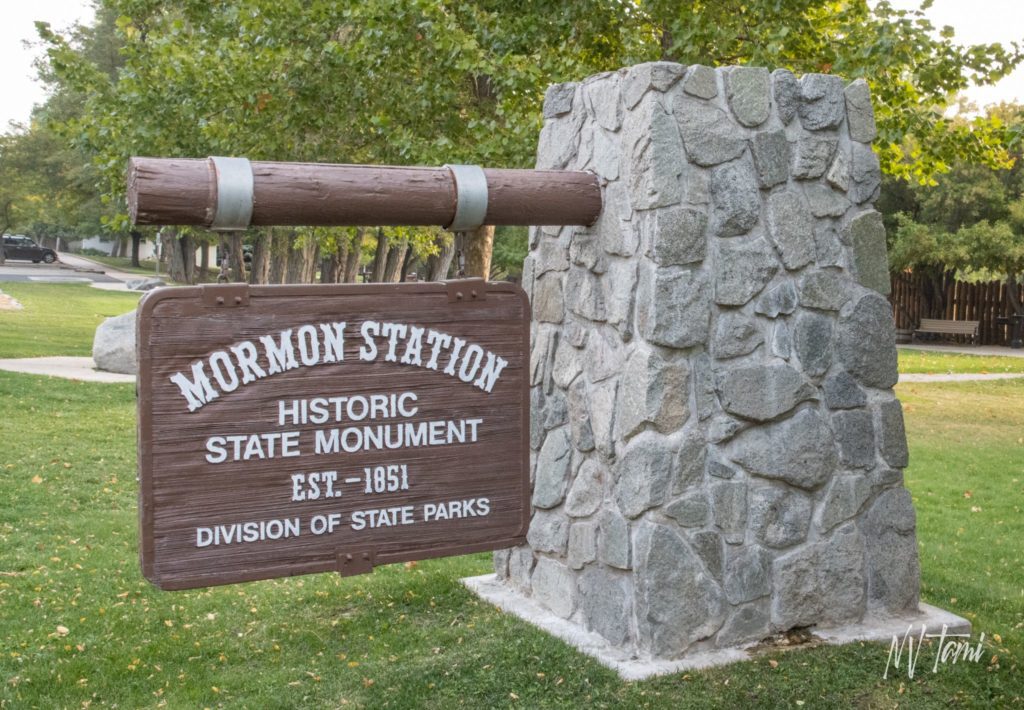
Mormon Station, now Genoa, was built in 1850 to sell supplies for 49ers and emigrants headed to the gold rush. Genoa became the first capital of the Nevada Territory. Fire destroyed much of the town in 1910, but a few original buildings remain.
Genoa is known as one of the most haunted towns in Nevada. You can explore reports of hauntings at locations including Genoa Courthouse, Hanging Tree, and Mormon Station.
Bonus Stops
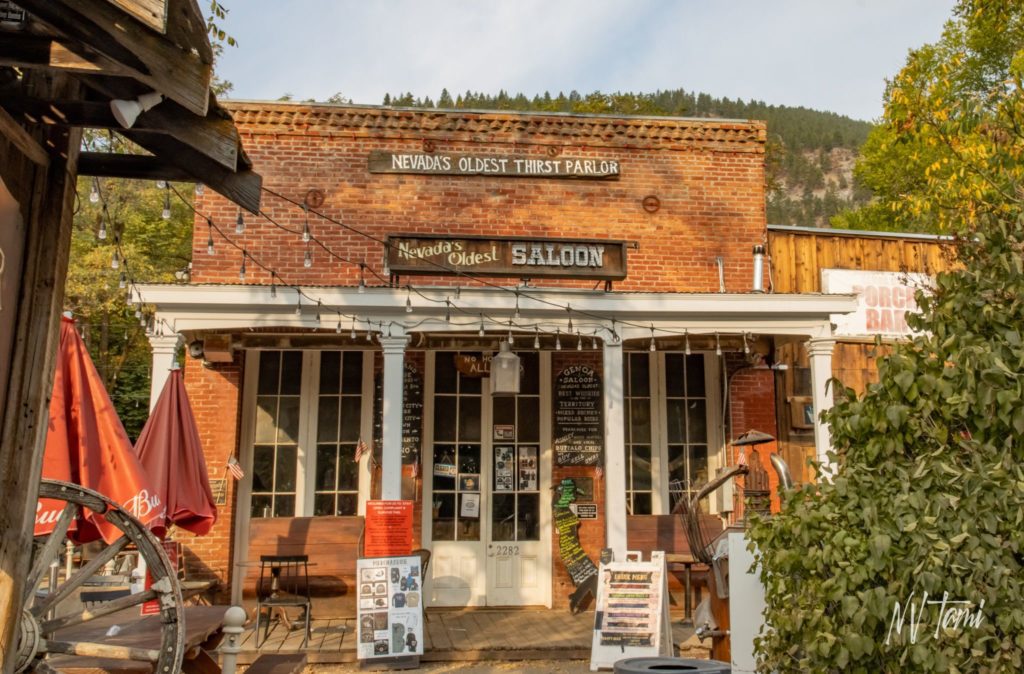
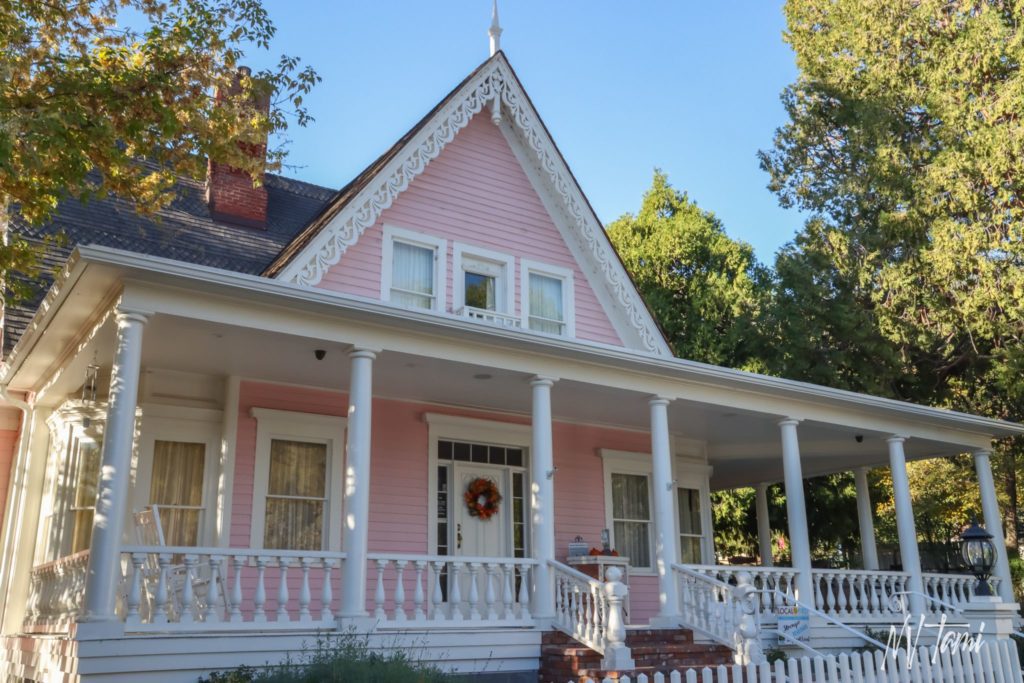
Genoa has so much to do in the area. Enjoy a charcuterie tray at The Pink House, and of course a drink at Genoa Saloon, “Nevadan’s Oldest Thirst Parlor.” Or soak as visitors have for one hundred and sixty years at Wally’s Hot Springs.
My favorite weekends are spent at The Pink House, enjoying a glass of wine and an amazing charcuterie tray.
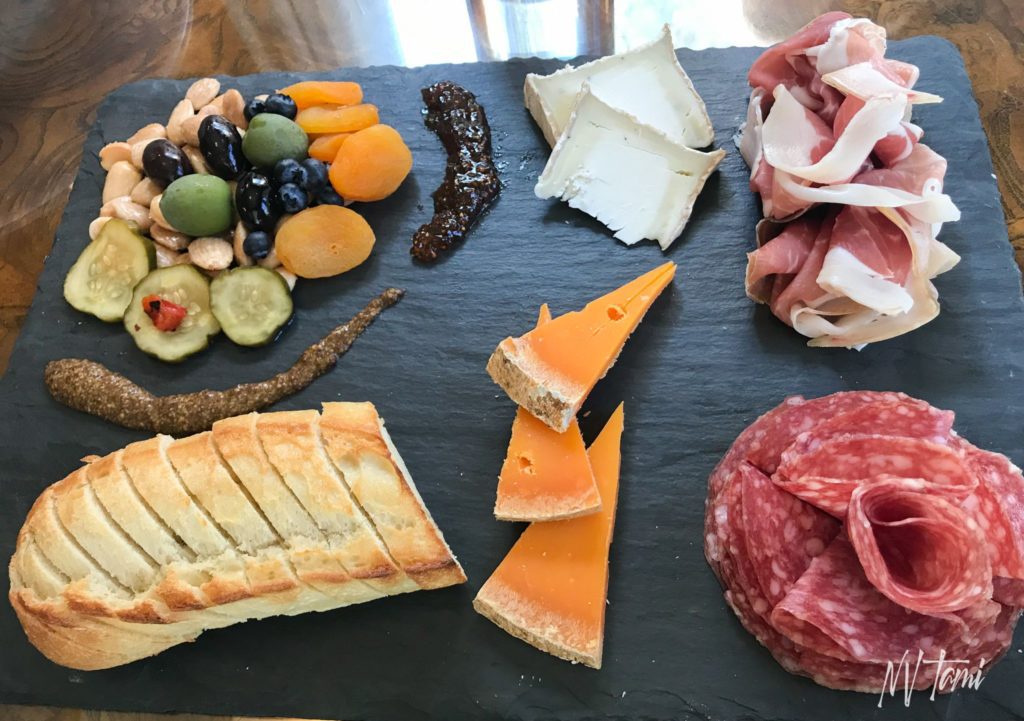
Sutro Tunnel and Ghost Town
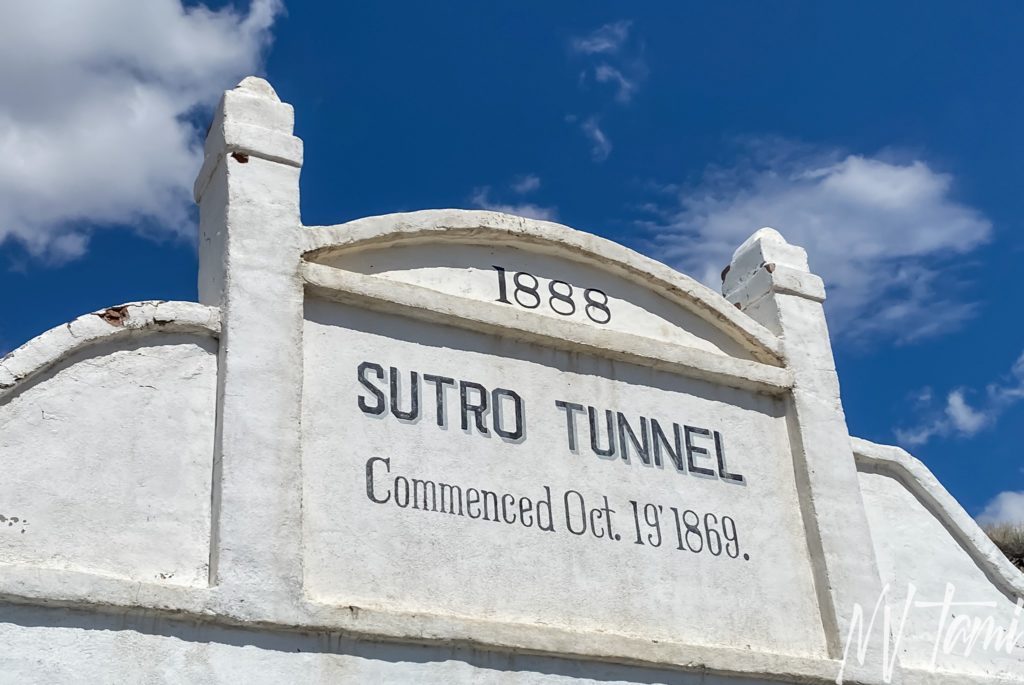
When I decided to visit every ghost town in Nevada, one town I thought I would never check off my list was Sutro. For decades, Sutro was closed to visitors and shrouded in mystery.
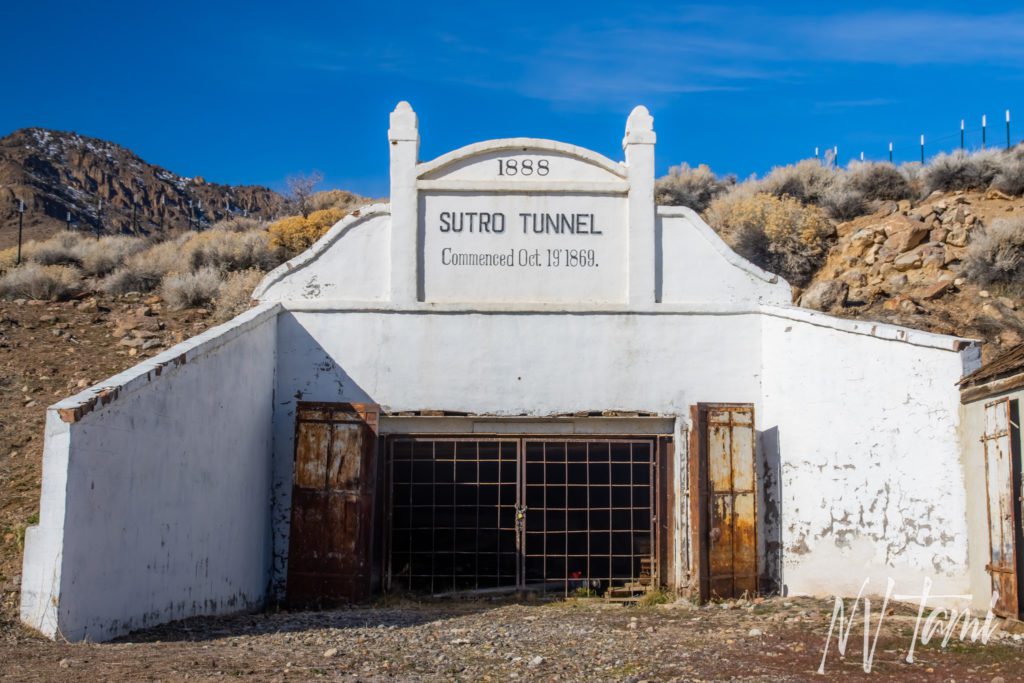
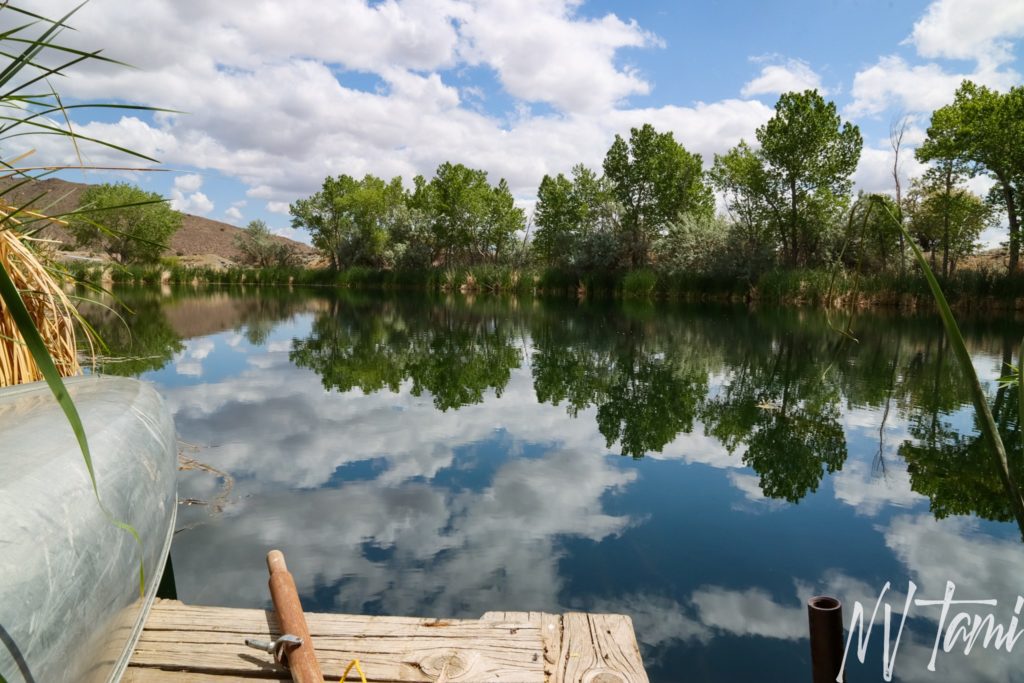
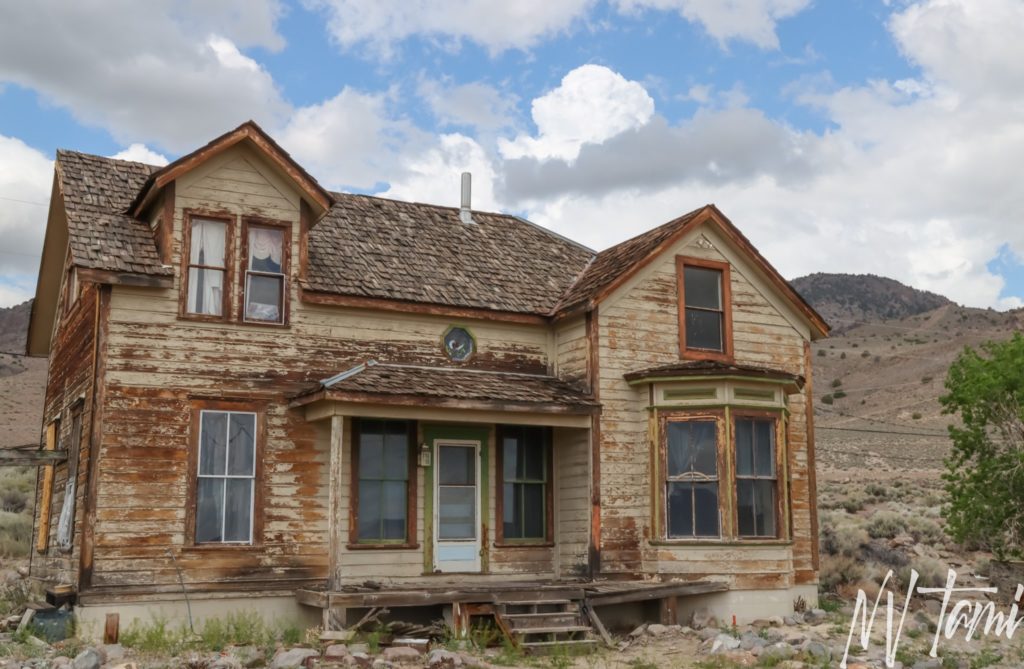
Comstock Lode mines had issues with mine shafts flooding. In 1860, Adolph Sutro proposed a drainage tunnel to allow deeper mine shafts. The six-mile tunnel connected the Savage Mine in Virginia City to Sutro in 1878. The mines had reached greater depths than the Sutro Tunnel, but the tunnel continued to be used to transport ore and drainage. The town of Sutro developed around the portal.
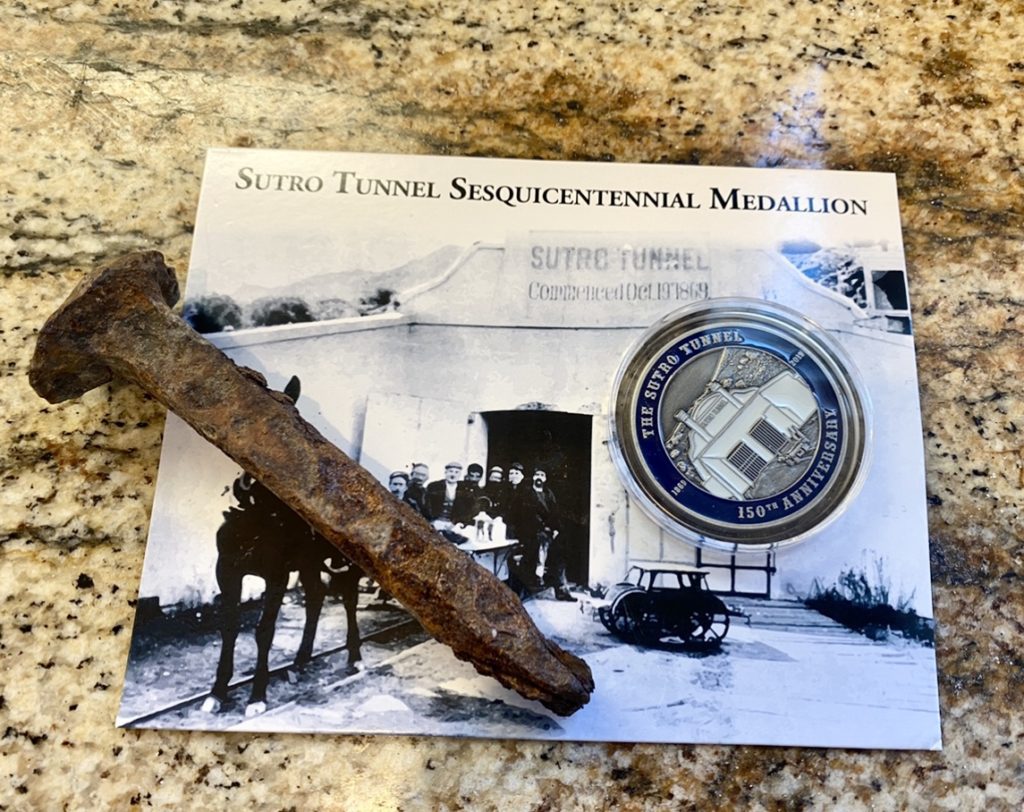
Sutro Tunnel railroad spike
& 150th medallion
The Sutro Tunnel Site Restoration Project has been working to restore and preserve the tunnel and ghost town. Unfortunately, a cave-in occurred beyond the portal, but the group is planning on reopening a portion of the famous tunnel. The town remains much as it was when ghosted and includes multiple houses, barns, and outbuildings.
Sutro quickly became one of my favorite ghost towns. I expect Sutro to be the Bodie of Nevada, a ghost town preserved in its glory. Sutro is open by tour only. Friends of Sutro host group tours throughout the year. Better yet, purchase a membership that includes a private tour. For more information, contact Sutro Tunnel Site Restoration Project, or email program director Chris Pattison at chris@thesutrotunnel.org.
Bonus Stop
Rock Point Mill, Dayton. The large mill was constructed in 1861 to process ore from the Comstock Lode. The mill is part of Dayton State Park with hiking trails and interpretive signs. Grab a burger at 1st and Ten or an amazing dinner at J’s Old Town Bistro.
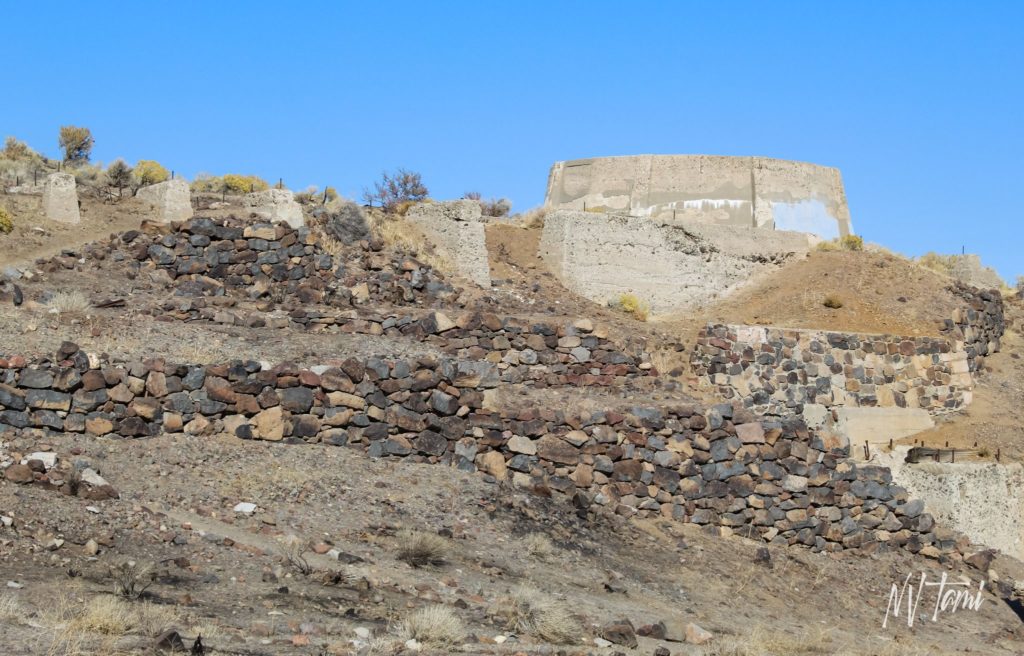
Rock Point Mill
Want more ghost towns?
For information on more than three hundred ghost towns in Nevada, visit Nevada Ghost Towns Map, or Nevada Ghost Towns.
Follow me on social media:
Robin Luke says
This looks great I am saving it and will try to visit them all
Tami says
Sounds like a great time, enjoy!
Anonymous says
If you are going to Tunnel Camp you should also got to Seven Troughs which is nearby.
Tami says
Yes, but very little is left at Seven Troughs. Next trip I want to visit Mantazuma, there isn’t much left but it has an amazing history.
Kurt says
In your travels and research, have you encountered the mining camp of Granite in either Mineral or Lyon County? I’ve a handwritten newspaper from there, one of two known to exist with the other being in a library in Las Vegas. To the best of my configuring it’s possibly on the Shurz Reservation, southwest of 95A maybe near Pine Grove..
IMHO you’ve a good thing going with this column! Looking forward to more, and plan to explore more of the area (Iron Mountain Ranch, home base).
Tami says
I have heard of Granite but haven’t visited. I’ll check with a few friends and see if they have been. It was in Mineral county. Stan Pahr’s book mentions Granite. The mining district was also known as Granite, but also Mountain View and Reservation. If you email me I can send you what I find in my books. I came across Mountain View district while researching Mountain View in Nye County.
I’m glad you have enjoyed the site, I have loved doing it. I’m looking at how to expand.
Lucky you having such a rare piece of Nevada history! I would love a scan if you have any, or I’ll look at UNLV.
tami@NVTami.com
XRWhine says
Hello.
Good cheer to all on this beautiful day!!!!!
Good luck 🙂
Tami says
Thank you.